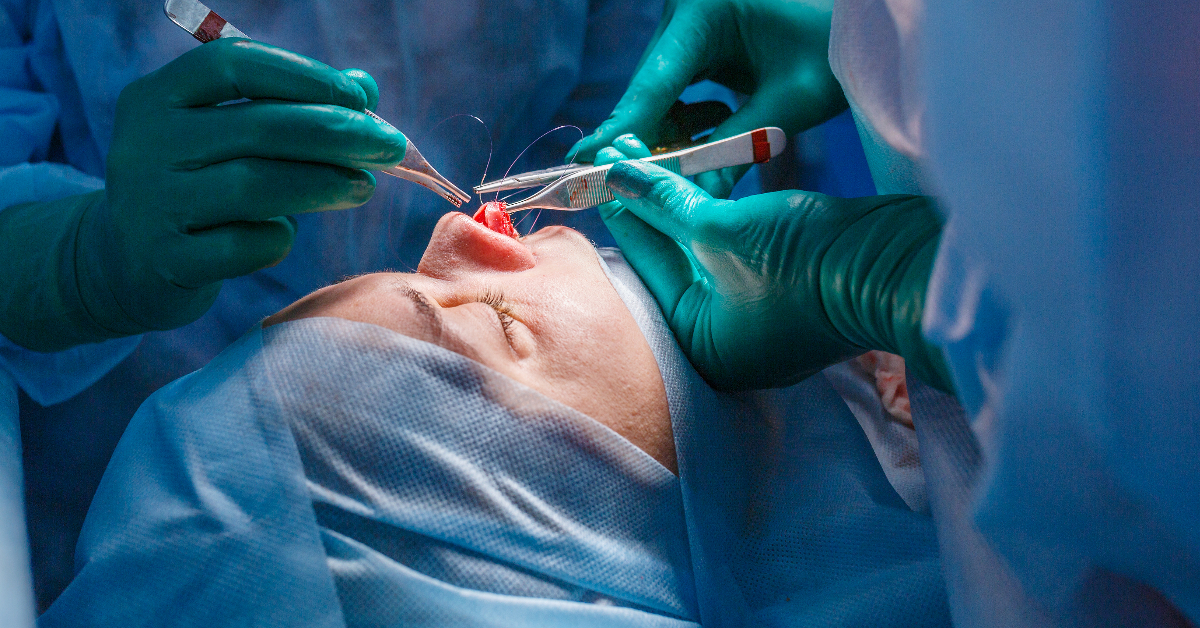
Rhinoplasty Procedure in India
Top Cosmetic/Plastic Surgeons in India for Rhinoplasty Procedure Best Hospitals in India for Rhinoplasty Procedure

Top Cosmetic/Plastic Surgeons in India for Rhinoplasty Procedure Best Hospitals in India for Rhinoplasty Procedure
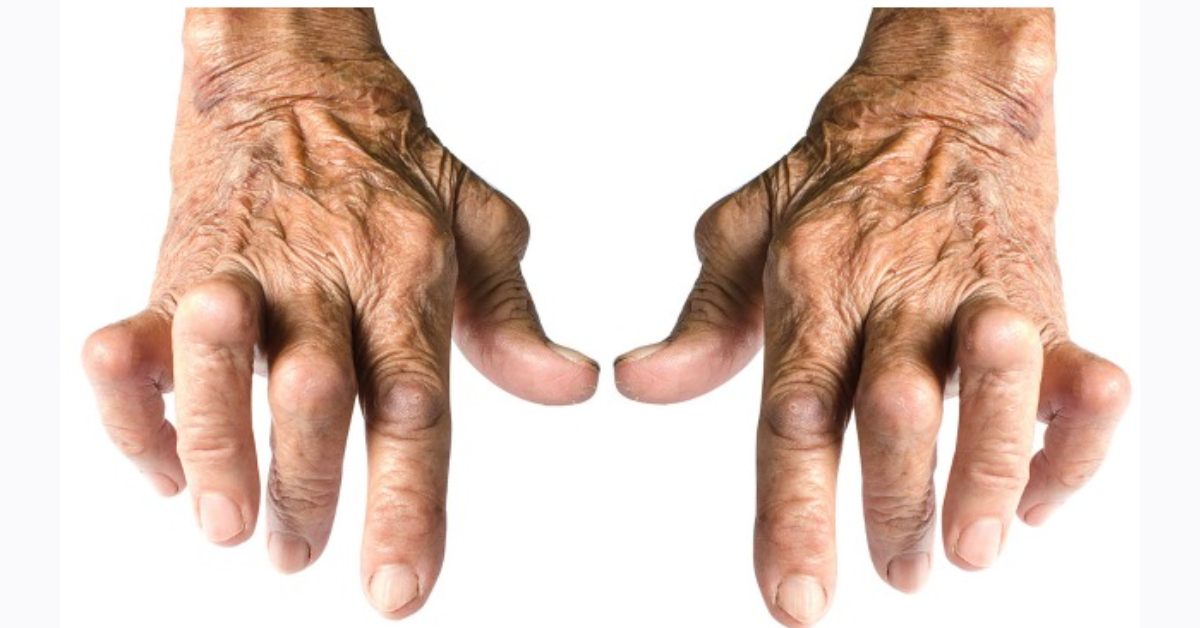
Top Rheumatologists in India for Rheumatoid Arthritis Treatment Best Hospitals in India for Rheumatoid Arthritis Treatment
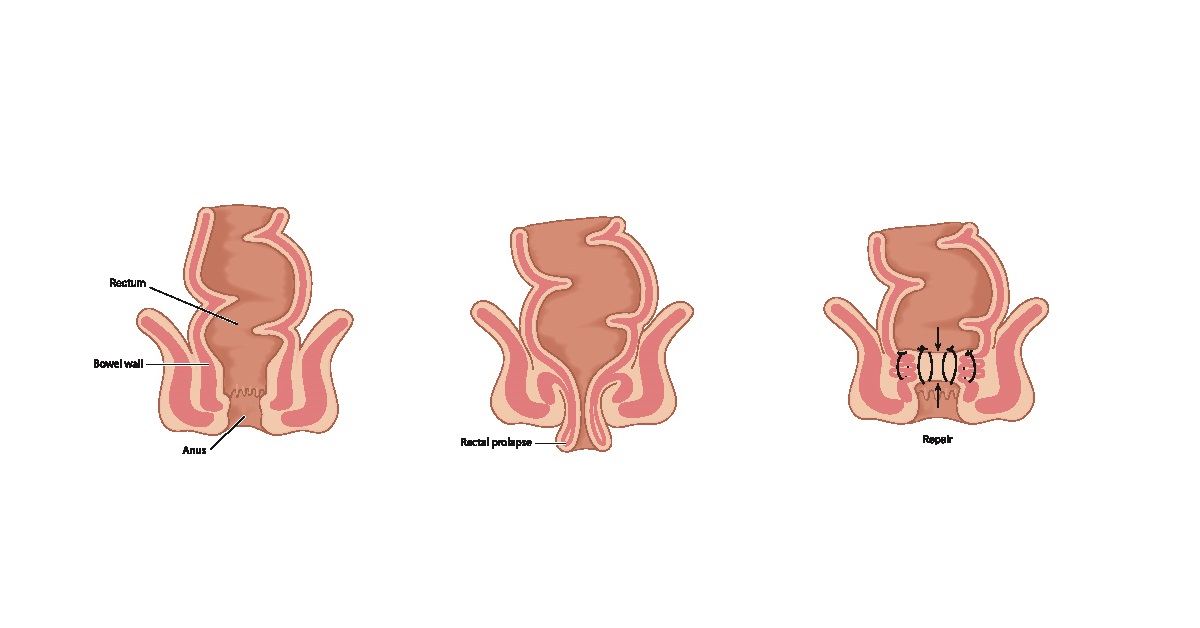
Top GI Surgeons for Rectal Prolapse Treatment in India Best Hospitals for Rectal Prolapse Treatment in India

Top Doctors in India for Rectal Cancer Treatment 1. Top GI Cancer Surgeons in India for Rectal Cancer Treatment 2. Top Medical Oncologists in India
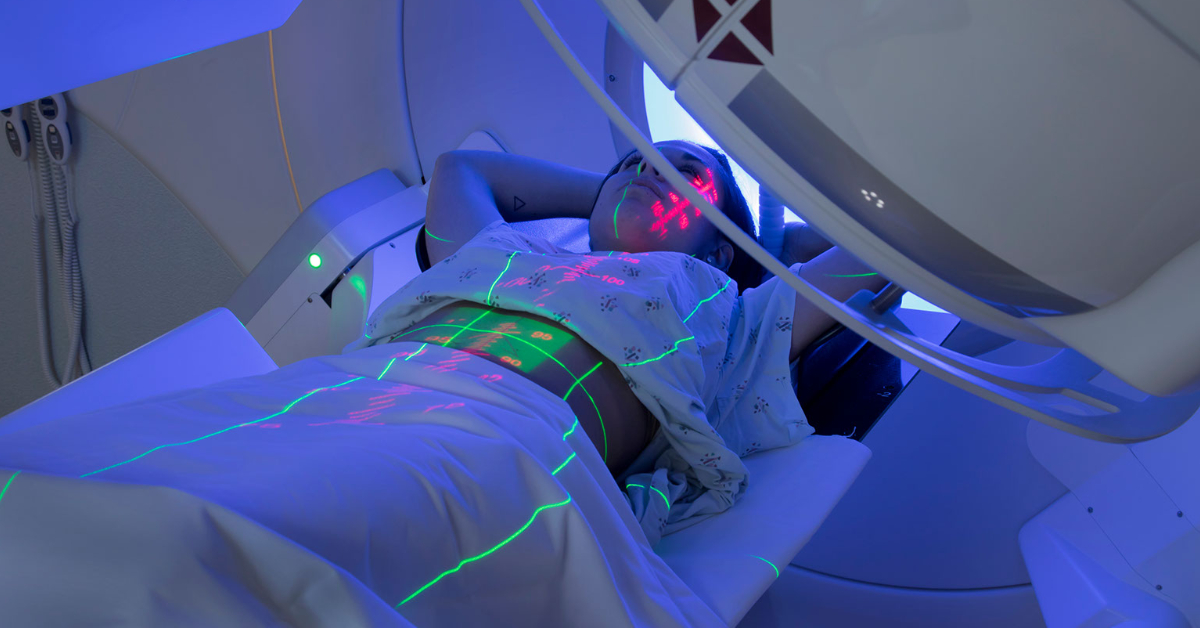
Top Radiation Oncologists in India for Radiation Treatment Best Hospitals in India for Radiation Treatment
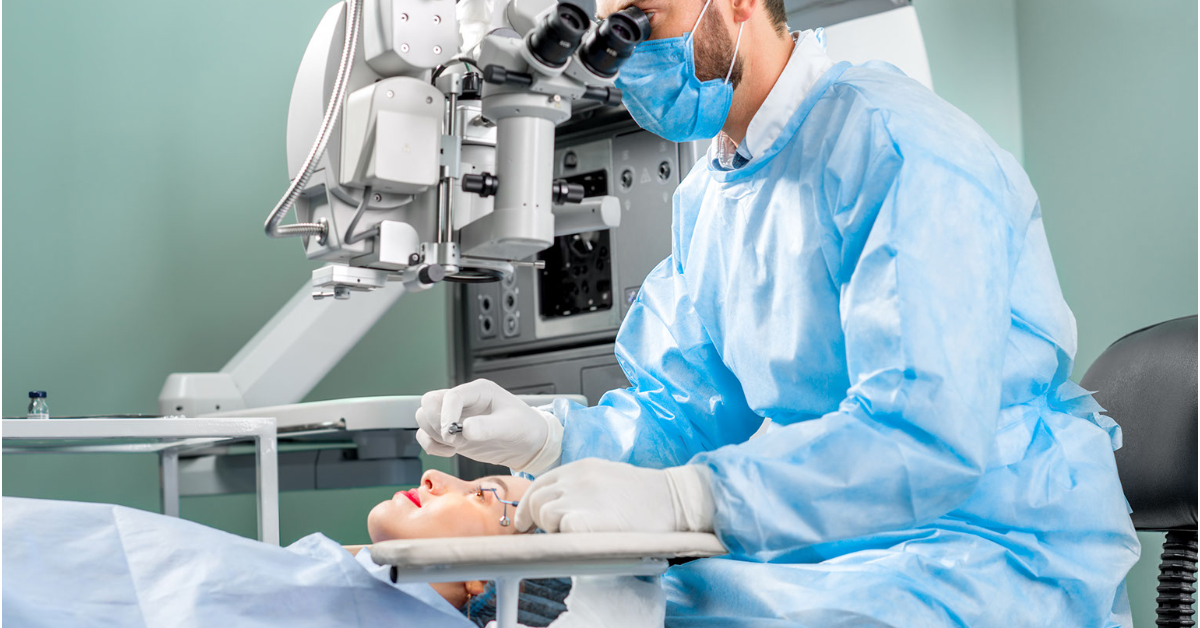
Top Ophthalmologists in India for Radial Keratotomy Procedure Best Hospitals in India for Radial Keratotomy Procedure
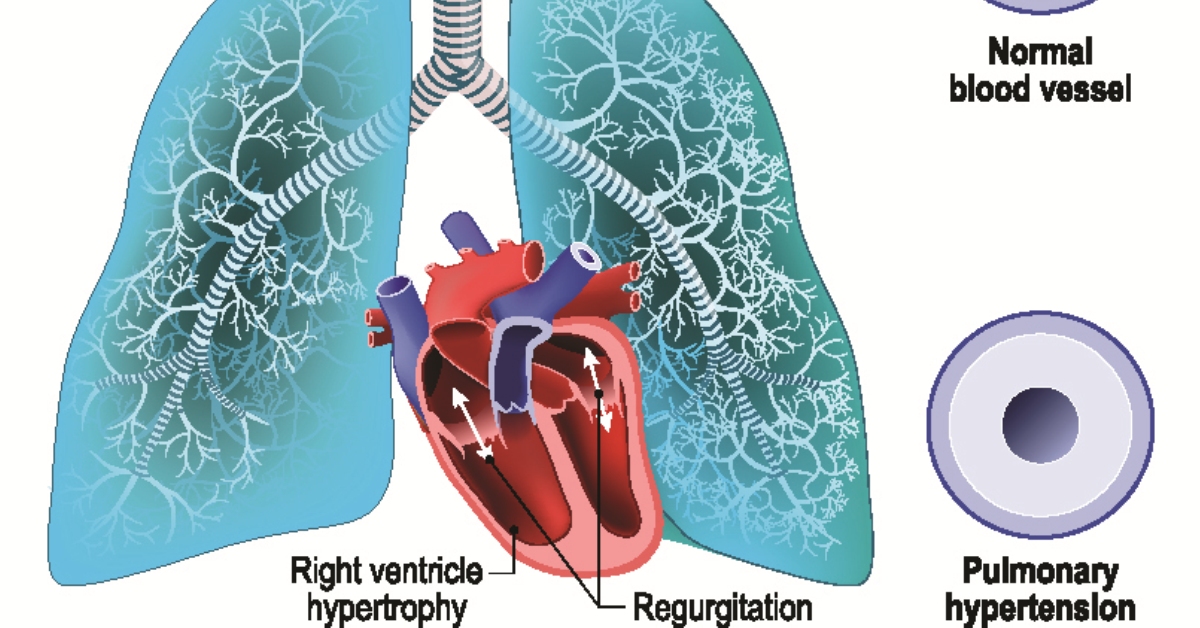
Top Doctors for Pulmonary Hypertension Treatment in India 1. Top Cardiologists for Pulmonary Hypertension Treatment in India 2. Top Pulmonologists for Pulmonary Hypertension Treatment in
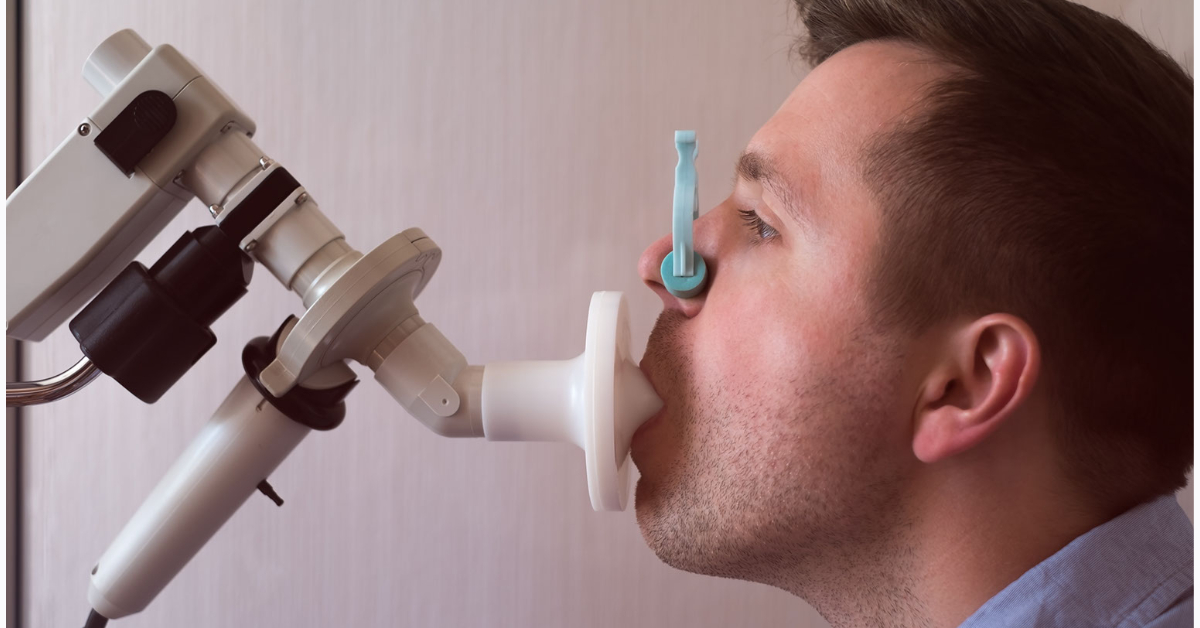
Top Doctors in India for Pulmonary Function Tests Best Hospitals in India for Pulmonary Function Tests
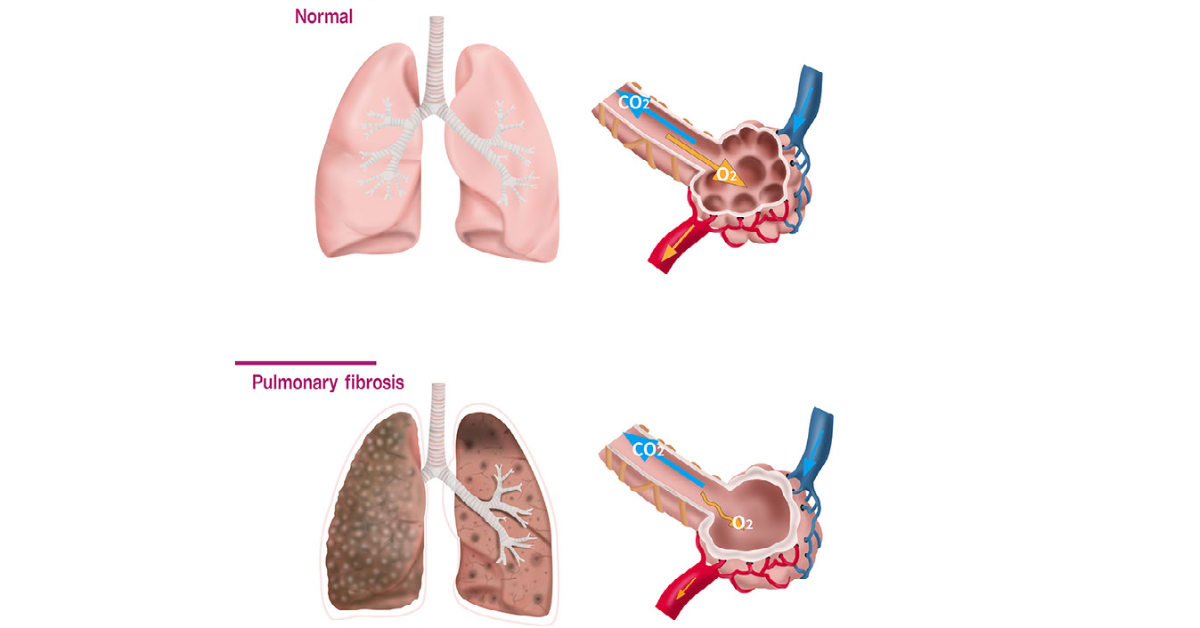
Top Pulmonologists in India for Pulmonary Fibrosis Treatment Best Hospitals in India for Pulmonary Fibrosis Treatment
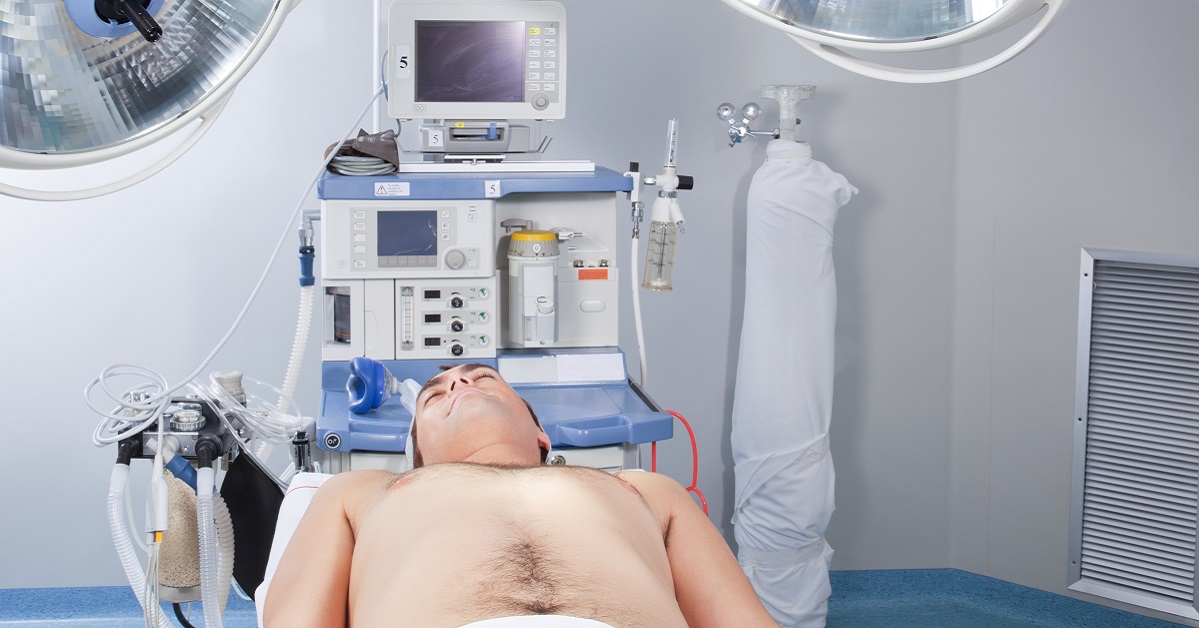
Top Doctors in India for Prostatectomy Procedure Top Urologists in India for Prostatectomy Procedure Best Hospitals in India for Prostatectomy Procedure
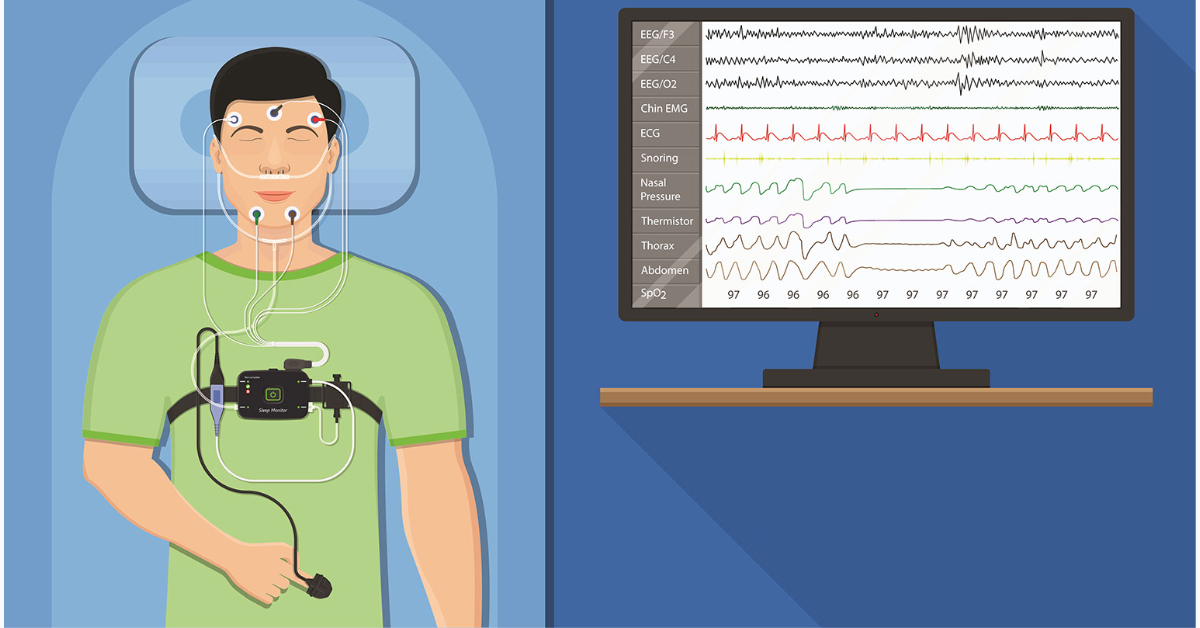
Top Doctors in India for Polysomnography Test Top Pulmonologists in India for Polysomnography Test Best Hospitals in India for Polysomnography Test

Top Doctors in India for Polypectomy Procedure Top GI Surgeons in India for Polypectomy Procedure Best Hospitals in India for Polypectomy Procedure
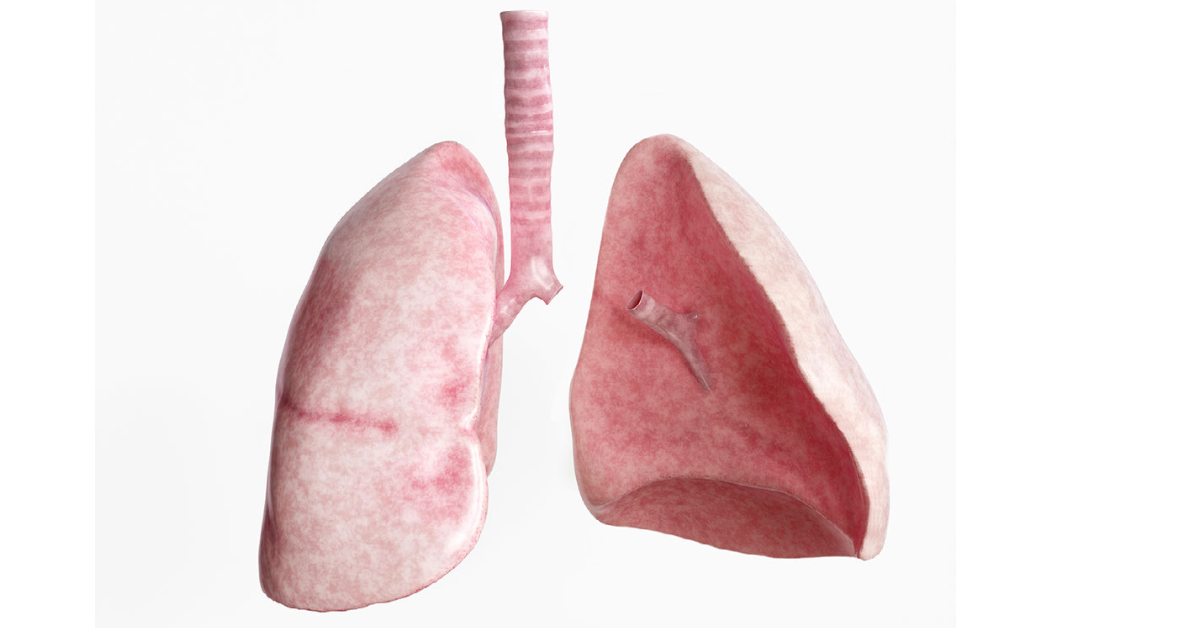
Top Doctors in India for Pneumonectomy Procedure Top Thoracic Surgeons in India for Pneumonectomy Procedure Best Hospitals in India for Pneumonectomy Procedure

Top Doctors for Pleural Effusion Treatment in India 1. Top Pulmonologists for Pleural Effusion Treatment in India 2. Top Thoracic Surgeons for Pleural Effusion Treatment
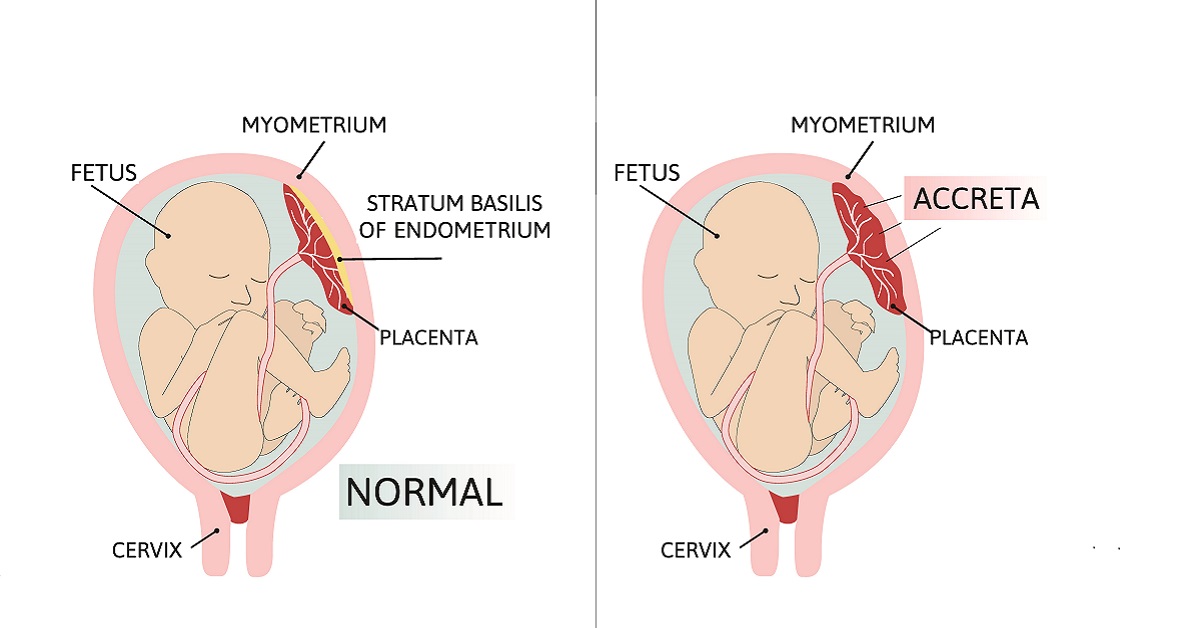
Top Doctors in India for Placenta Accreta Treatment Top Gynecologists in India for Placenta Accreta Treatment Best Hospitals in India for Placenta Accreta Treatment
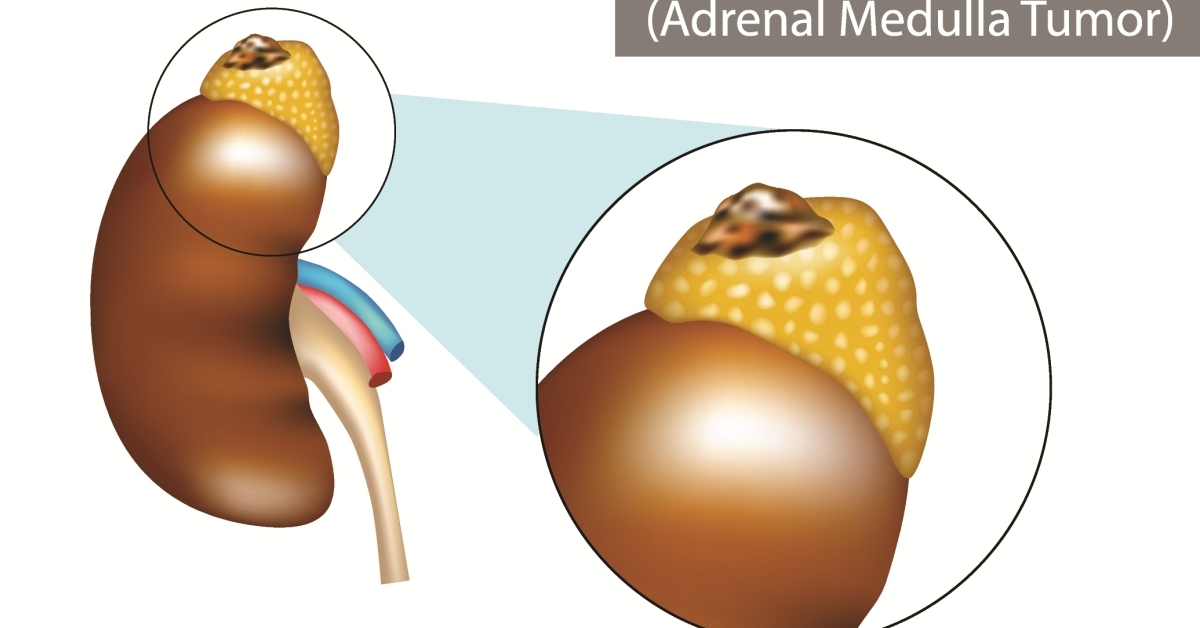
Top Doctors in India for Pheochromocytoma Treatment 1. Top Endocrinologists in India for Pheochromocytoma Treatment 2. Top Medical Oncologists in India for Pheochromocytoma Treatment 3.
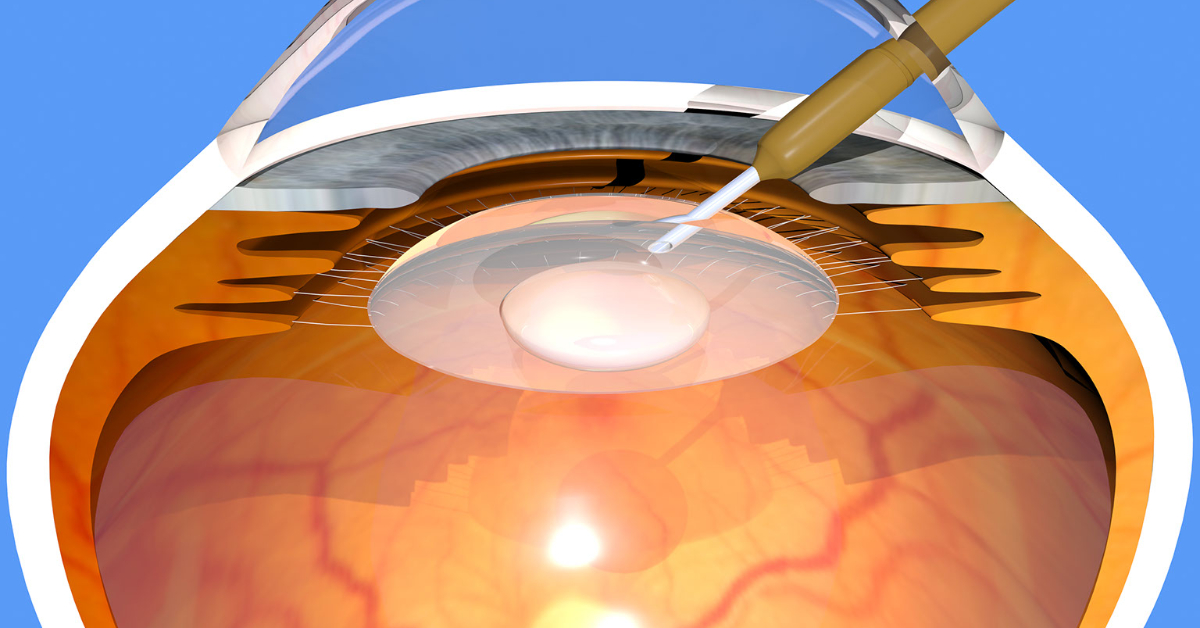
Top Doctors in India for Phacoemulsification Procedure Top Ophthalmologists in India for Phacoemulsification Procedure Best Hospitals in India for Phacoemulsification Procedure

Top Doctors for Pericardial Effusion Treatment in India 1. Top Cardiologists for Pericardial Effusion Treatment in India 2. Top Cardiac Surgeons for Pericardial Effusion Treatment
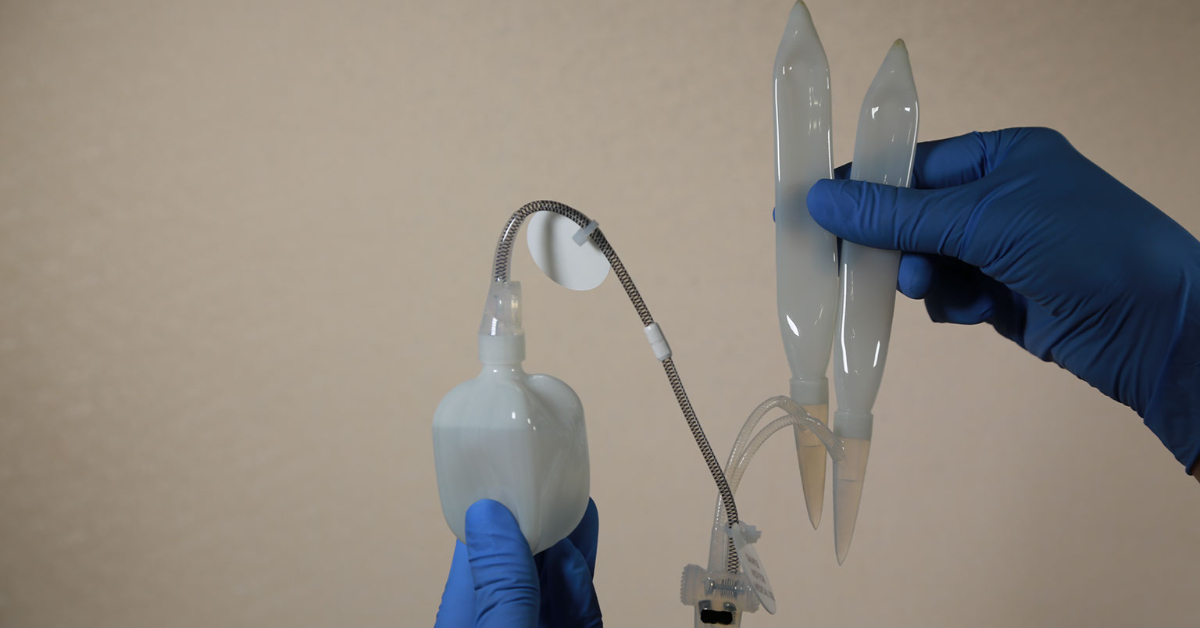
Top Doctors in India for Penile Implantation Procedure Top Urologists in India for Penile Implantation Procedure Best Hospitals in India for Penile Implantation Procedure

Top Doctors in India for Penile Cancer Treatment 1. Top Uro-Oncologists in India for Penile Cancer Treatment 2. Top Medical Oncologists in India for Penile
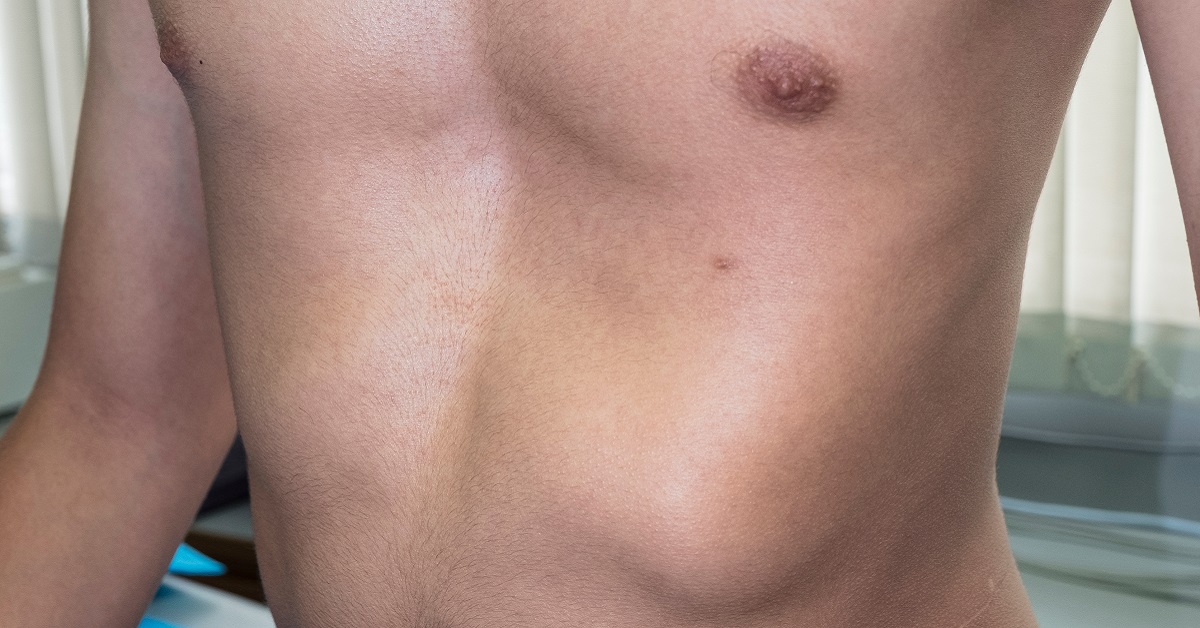
Top Doctors for Pectus Excavatum Treatment in India Top Thoracic Surgeons for Pectus Excavatum Treatment in India Best Hospitals for Pectus Excavatum Treatment in India
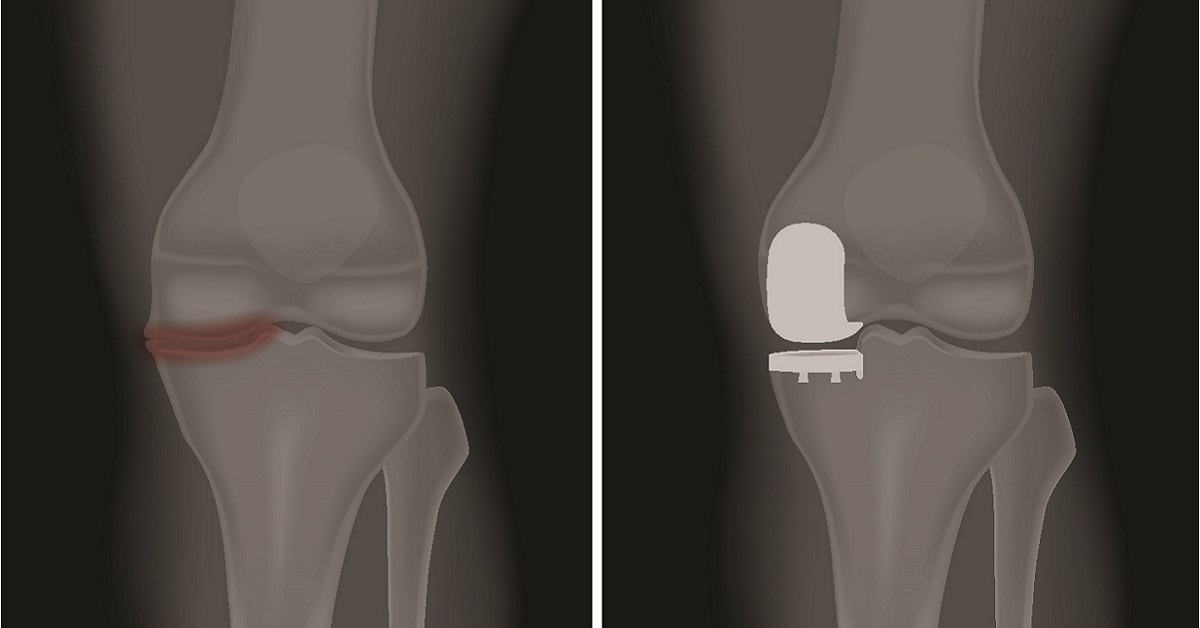
Top Doctors in India for Partial Knee Replacement Procedure Top Orthopedic Surgeons in India for Partial Knee Replacement Procedure Best Hospitals in India for Partial

Top Doctors in India for Parathyroidectomy Procedure Top ENT Doctors in India for Parathyroidectomy Procedure Best Hospitals in India for Parathyroidectomy Procedure

Top Doctors for Papilledema Treatment in India 1. Top Ophthalmologists for Papilledema Treatment in India 2. Top Neurologists for Papilledema Treatment in India Best Hospitals

Top Doctors in India for Pancreatitis Treatment Top Gastroenterologists in India for Pancreatitis Treatment Best Hospitals in India for Pancreatitis Treatment

Top Doctors in India for Pancreas Transplant Procedure Top Pancreas Transplant Surgeons in India for Pancreas Transplant Procedure Best Hospitals in India for Pancreas Transplant

Top Doctors in India for Otoplasty Procedure Top Cosmetic/Plastic Surgeons in India for Otoplasty Procedure Best Hospitals in India for Otoplasty Procedure
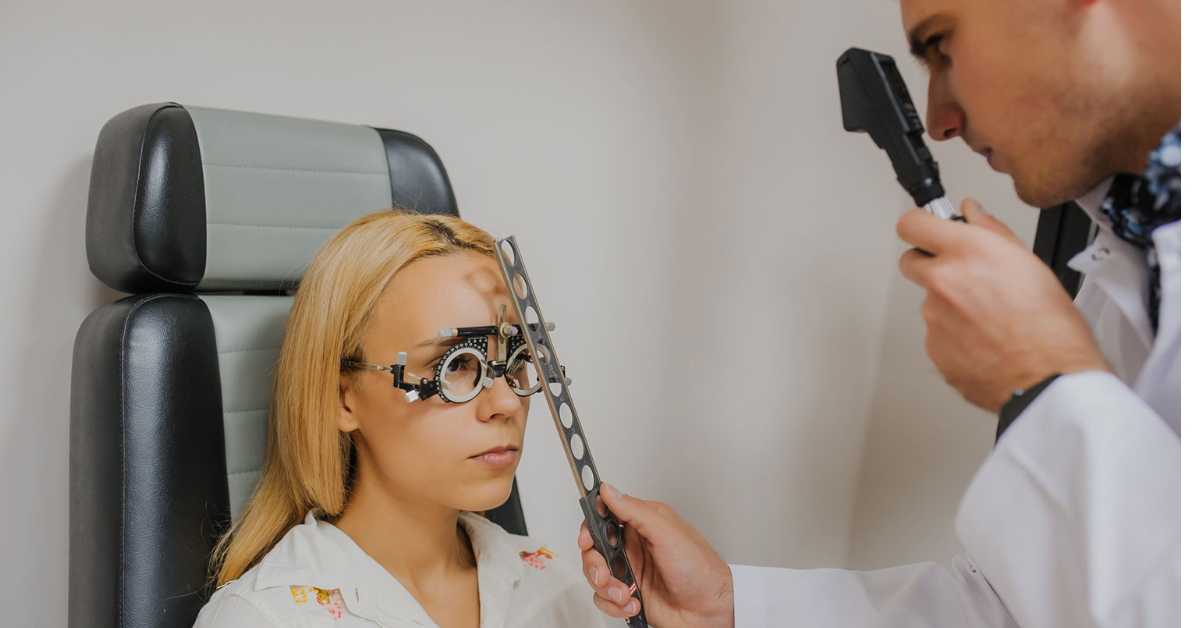
Top Doctors in India for Optic Neuritis Treatment Top Ophthalmologists in India for Optic Neuritis Treatment Best Hospitals in India for Optic Neuritis Treatment
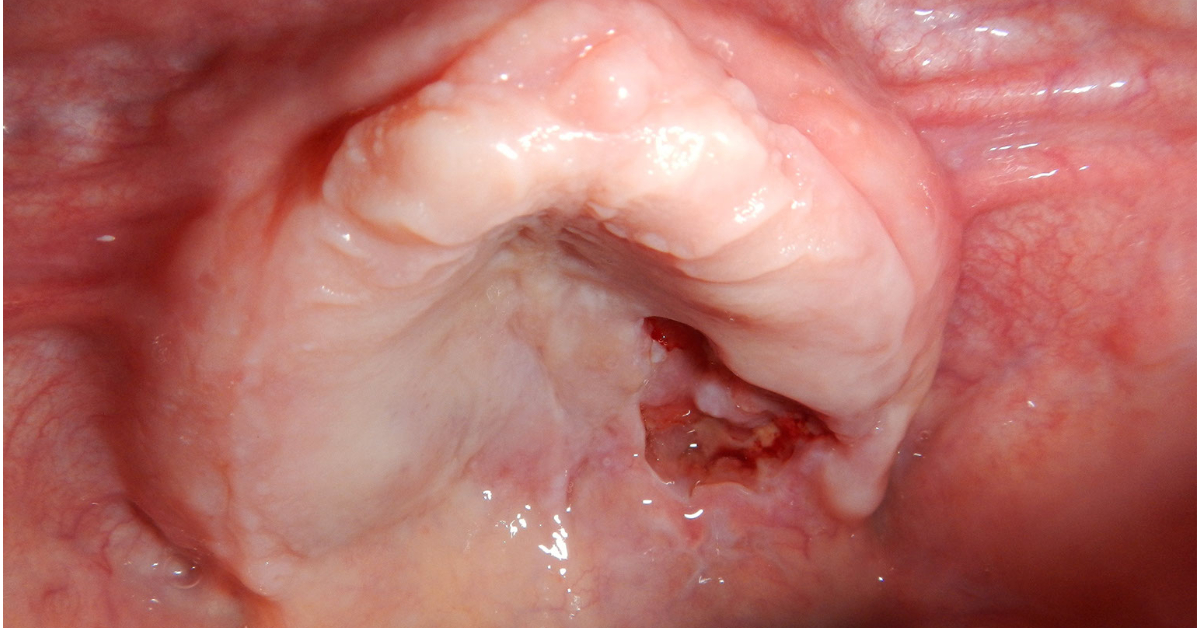
Top Doctors for Non-Hodgkin’s Lymphoma Treatment in India 1. Top Hematologists for Non-Hodgkin’s Lymphoma Treatment in India 2. Top Medical Oncologists for Non-Hodgkin’s Lymphoma Treatment
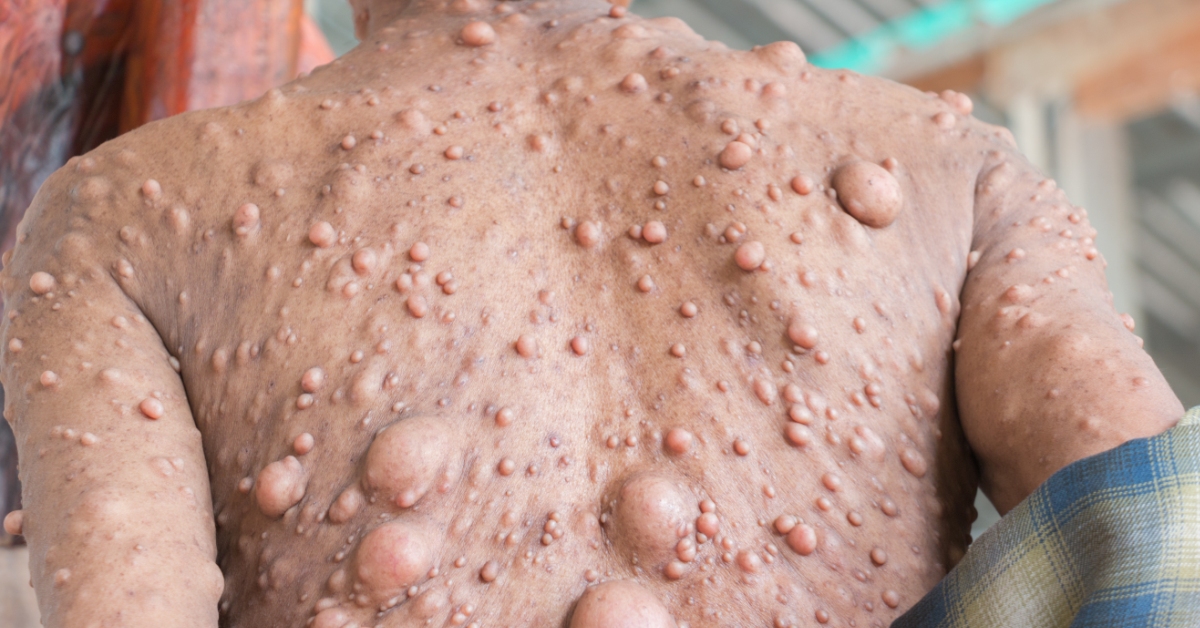
Top Doctors in India for Neurofibromatosis Treatment 1. Top Neurosurgeons in India for Neurofibromatosis Treatment 2. Top Medical Oncologists for Neurofibromatosis Treatment Best Hospitals in
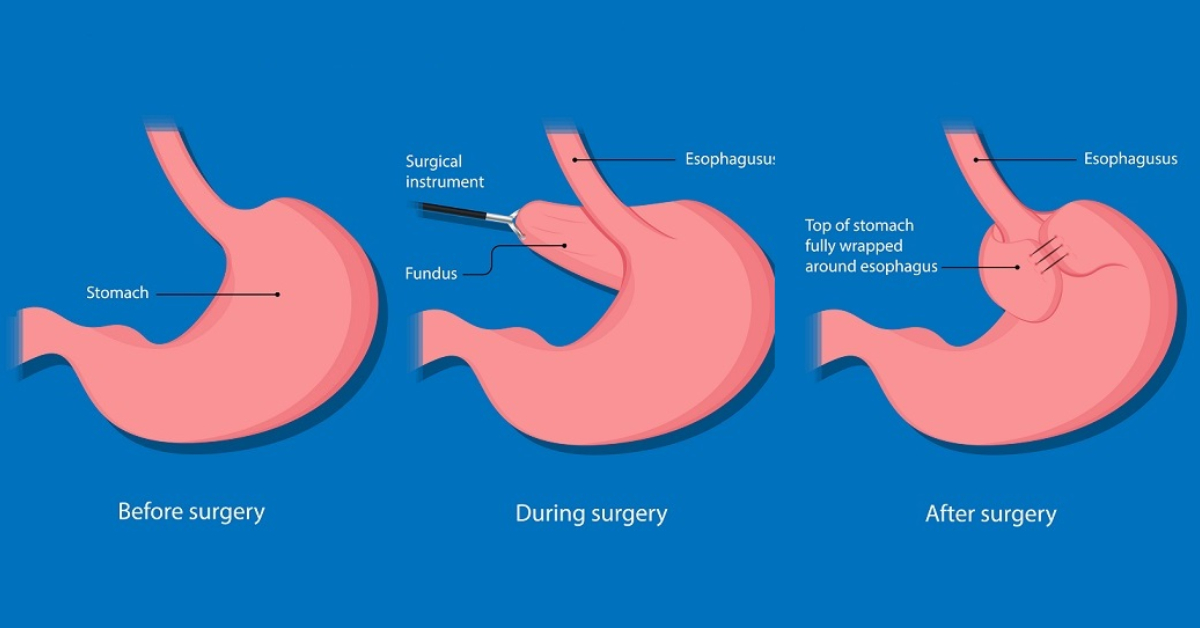
Top Doctors in India for Nissen Fundoplication Procedure Top GI Surgeons in India for Nissen Fundoplication Procedure Best Hospitals in India for Nissen Fundoplication Procedure

Top Doctors in India for Neck Lift Surgery Top Cosmetic/Plastic Surgeons in India for Neck Lift Surgery Best Hospitals in India for Neck Lift Surgery

Top Doctors in India for Myomectomy Procedure Top Gynecologists in India for Myomectomy Procedure Best Hospitals in India for Myomectomy Procedure
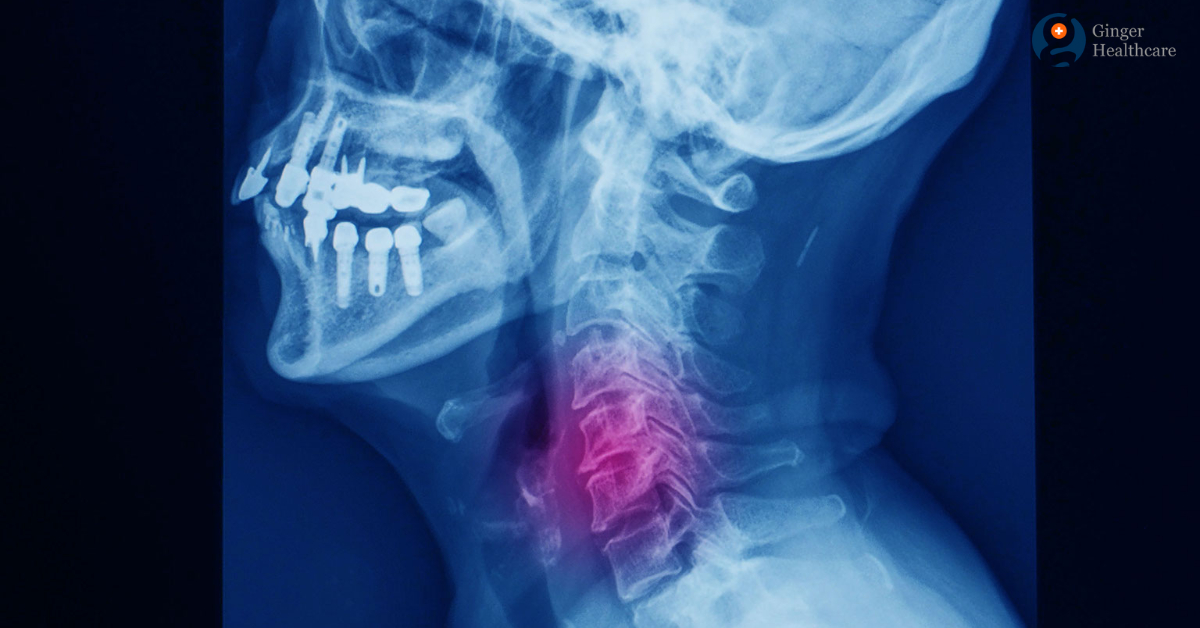
Top Doctors for Myelopathy Treatment in India Top Spine Surgeons for Myelopathy Treatment in India Best Hospitals for Myelopathy Treatment in India

Top Doctors for Multiple Myeloma Treatment in India Top Hematologists for Multiple Myeloma Treatment in India Best Hospitals for Multiple Myeloma Treatment in India

Top Doctors for Mole Removal Procedure in India Top Cosmetic Surgeons for Mole Removal Procedure in India Best Hospitals for Mole Removal Procedure in India
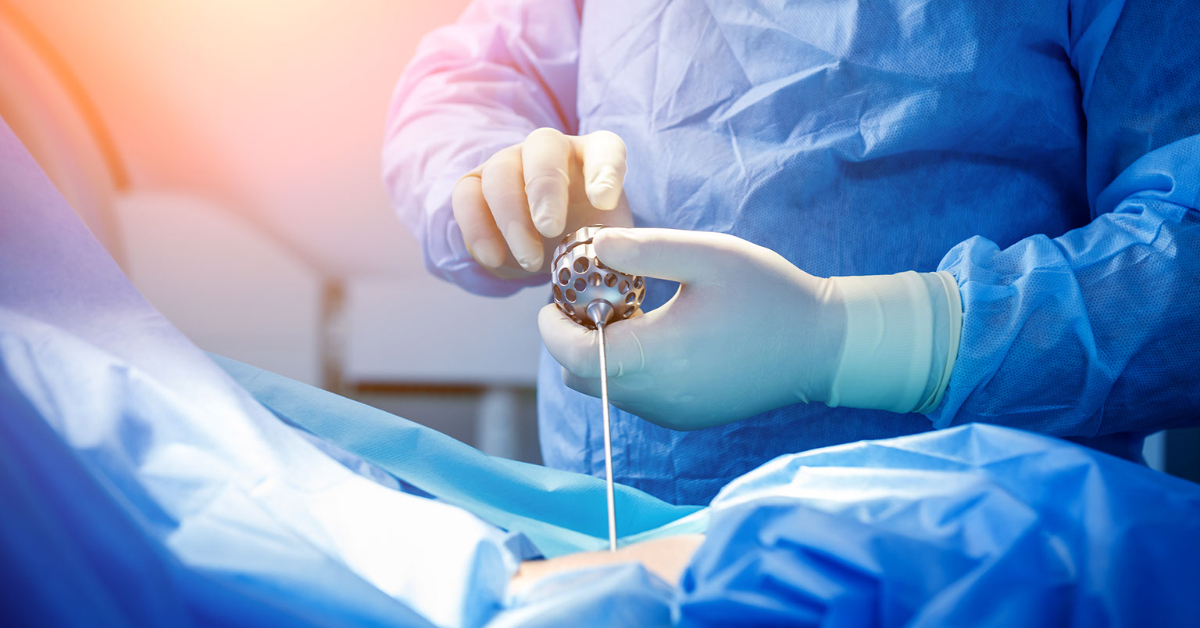
Top Doctors in India for Microdiscectomy Procedure Top Spine Surgeons in India for Microdiscectomy Procedure Best Hospitals in India for Microdiscectomy Procedure
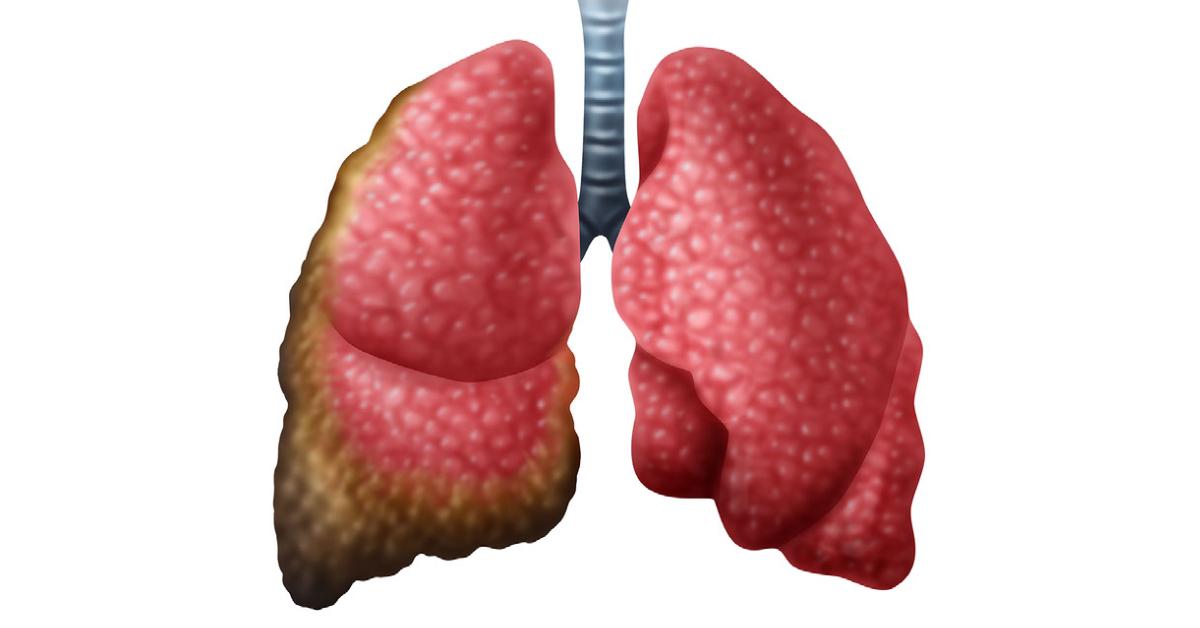
Top Doctors for Mesothelioma Treatment in India 1. Top Medical Oncologists for Mesothelioma Treatment in India 2. Top Radiation Oncologists for Mesothelioma Treatment in India
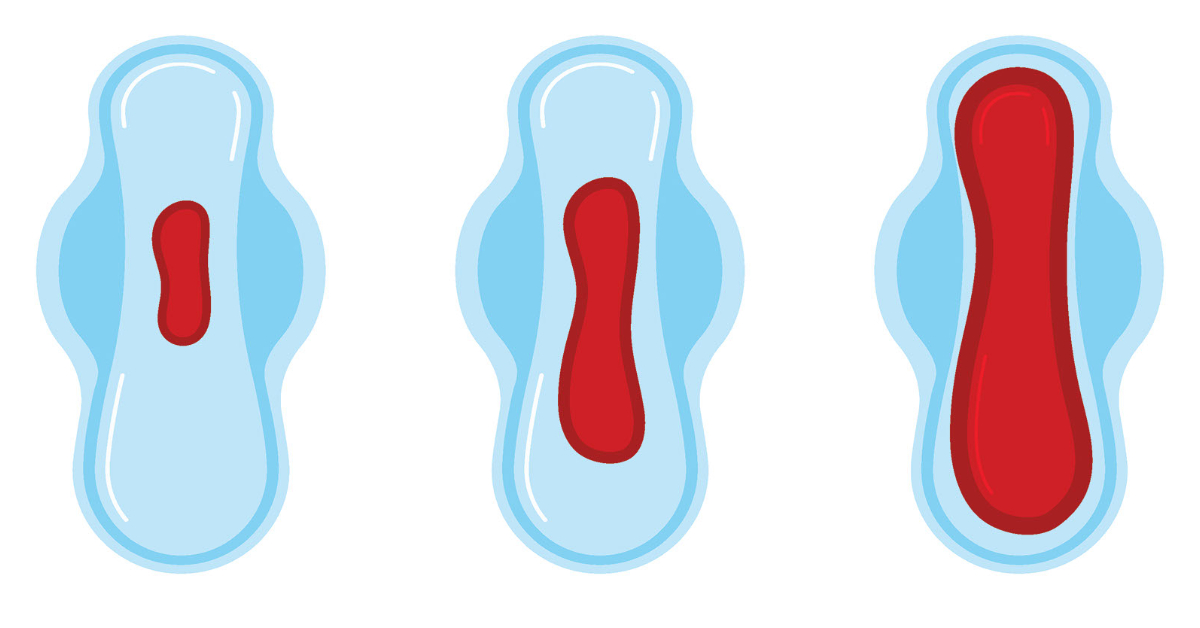
Top Doctors for Menorrhagia Treatment in India Top Gynecologists for Menorrhagia Treatment in India Best Hospitals for Menorrhagia Treatment in India
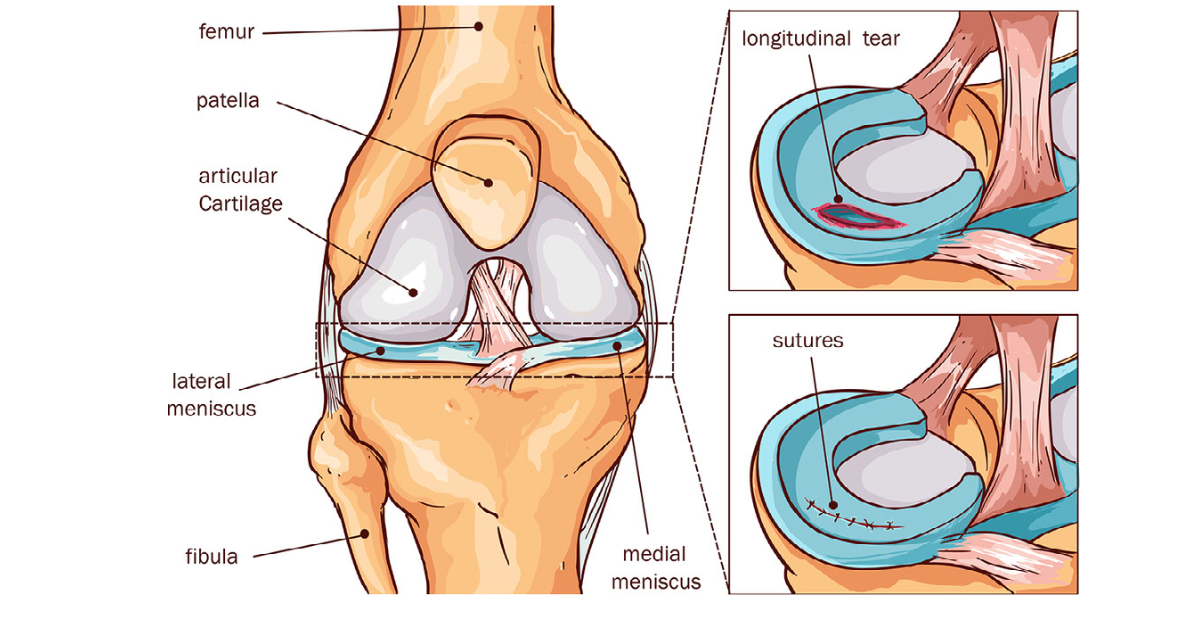
Top Doctors in India for Meniscus Tear Repair Procedure 1. Top Arthroscopy Doctors in India for Meniscus Tear Repair Procedure Best Hospitals in India for
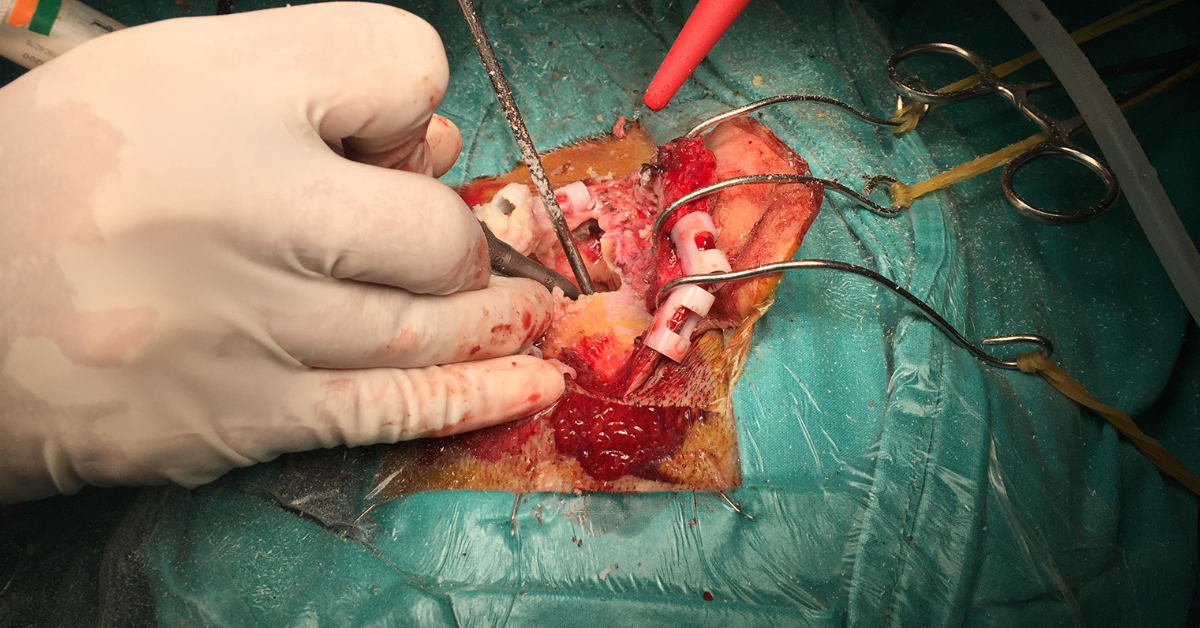
Top Doctors in India for Mastoidectomy Procedure Top ENT Doctors in India for Mastoidectomy Procedure Best Hospitals in India for Mastoidectomy Procedure
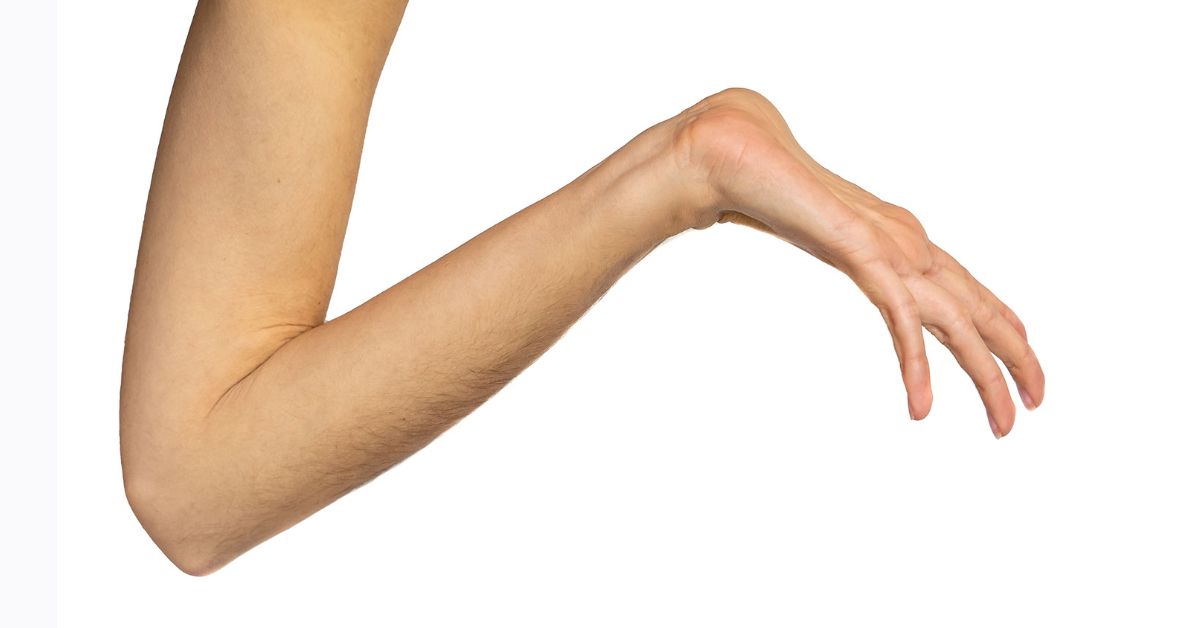
Top Doctors in India for Marfan Syndrome Treatment 1. Top Cardiologists in India for Marfan Syndrome Treatment 2. Top Cardiac Surgeons in India for Marfan
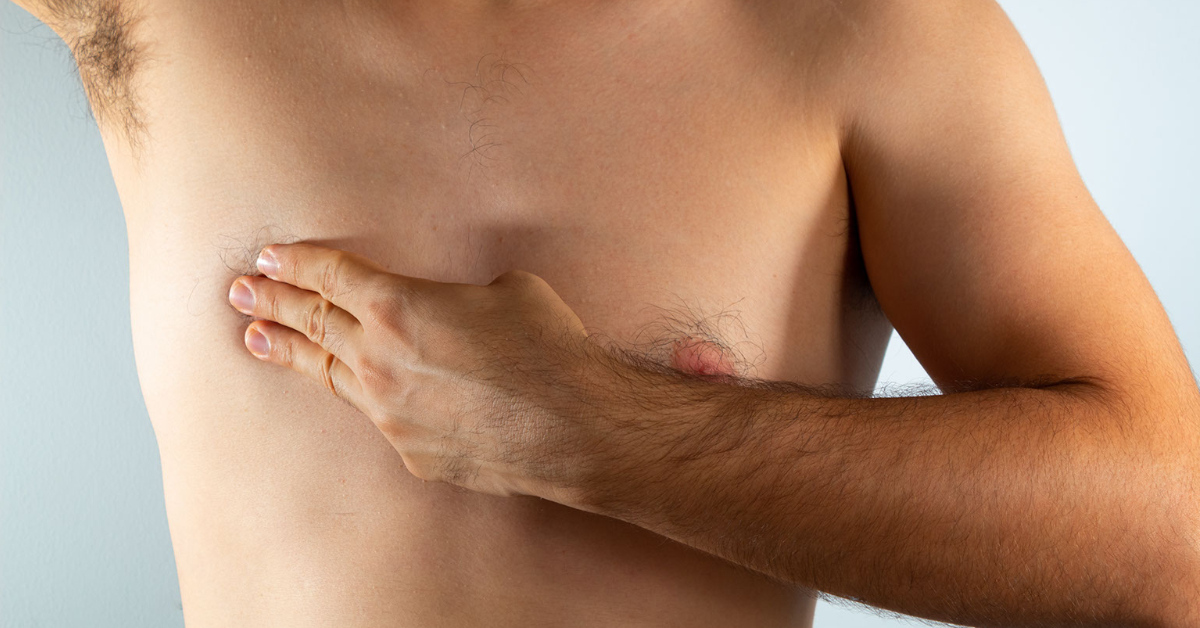
Top Doctors in India for Male Breast Cancer Treatment 1. Top Breast Surgeons in India for Male Breast Cancer Treatment 2. Top Medical Oncologists in

Top Doctors in India for Lymphoma Treatment 1. Top Hematologists in India for Lymphoma Treatment 2. Top Medical Oncologists in India for Lymphoma Treatment 3.
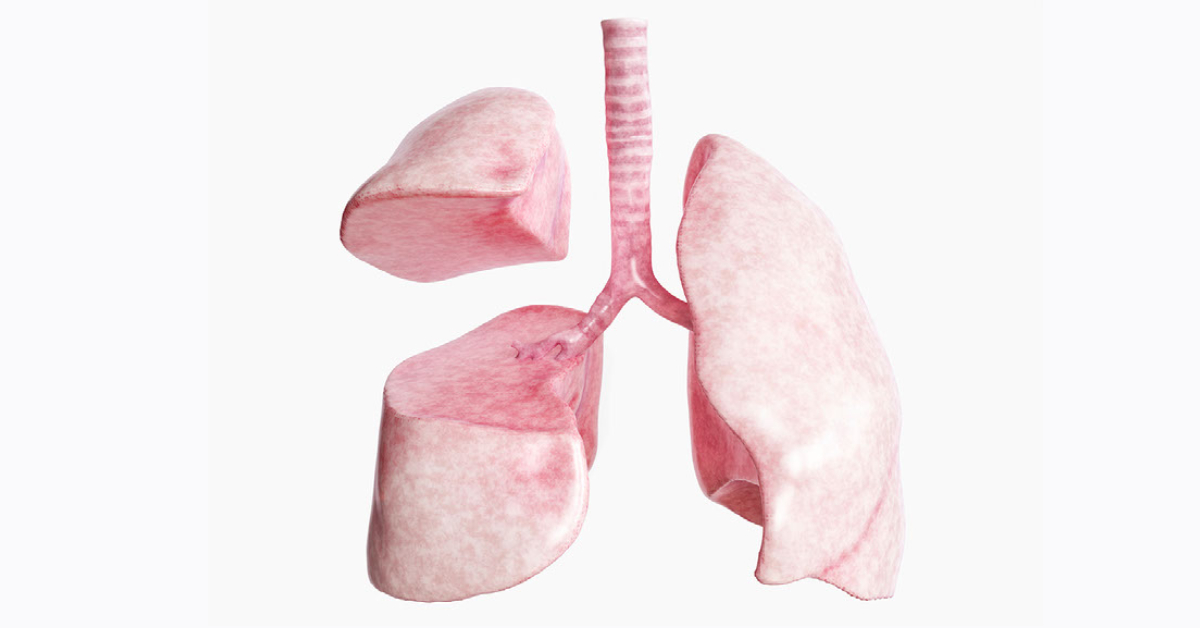
Top Doctors for Lobectomy Procedure in India 1. Top Cardiac Surgeons for Lobectomy Procedure in India 2. Top Thoracic Surgeons for Lobectomy Procedure in India
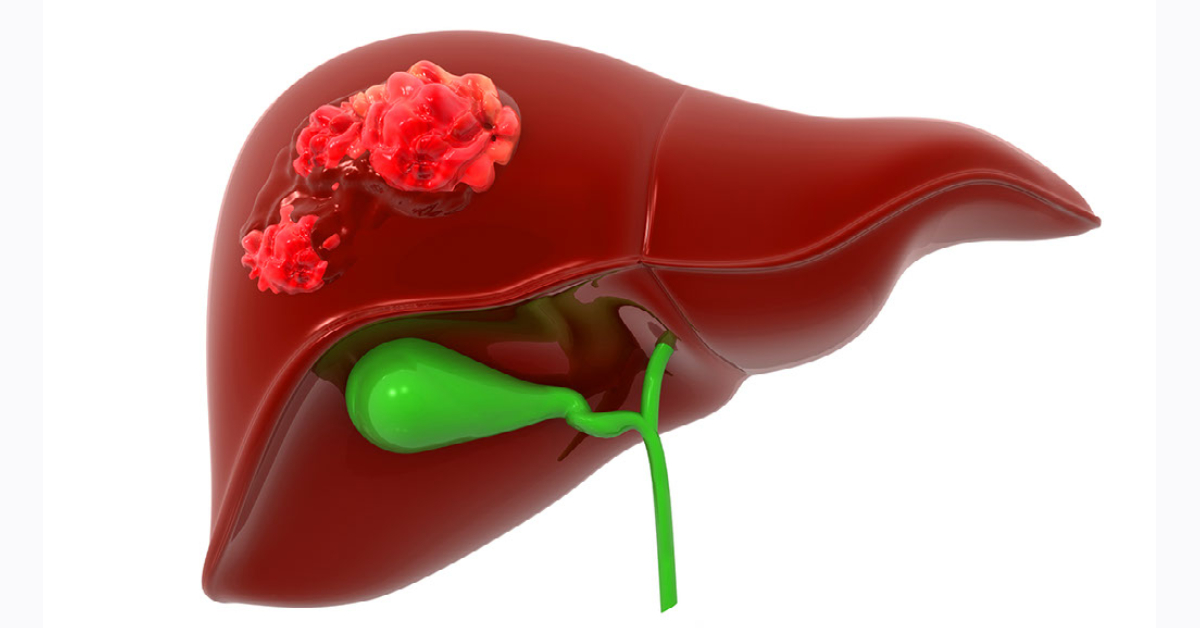
Top Doctors in India for Liver Cancer Treatment 1. Top Medical Oncologists in India for Liver Cancer Treatment 2. Top Surgical Oncologists in India for
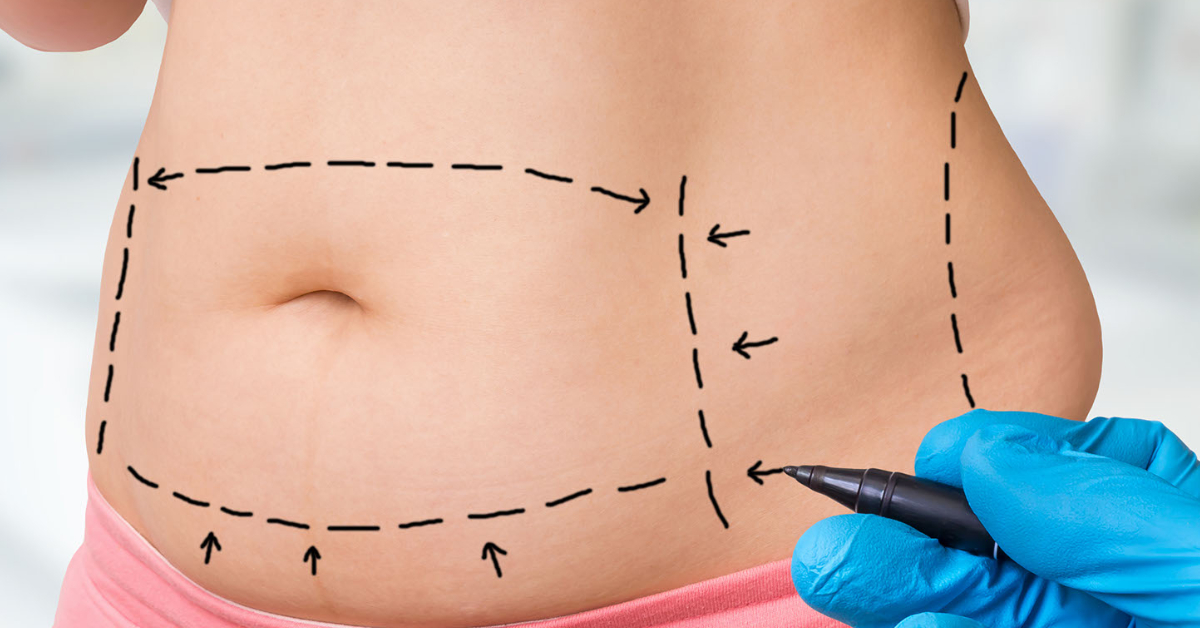
Top Doctors in India for Liposuction Procedure Top Cosmetic Surgeons in India for Liposuction Procedure Best Hospitals in India for Liposuction Procedure
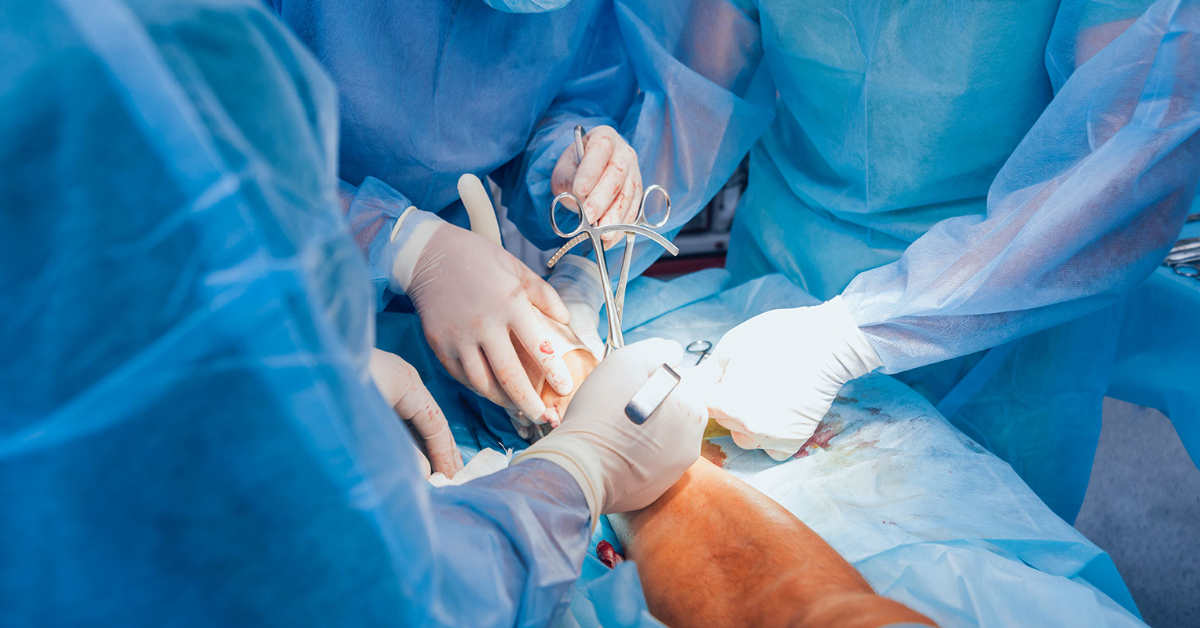
Top Doctors in India for Limb Lengthening Surgery Top Orthopedic Surgeons in India for Limb Lengthening Surgery Best Hospitals in India for Limb Lengthening Surgery
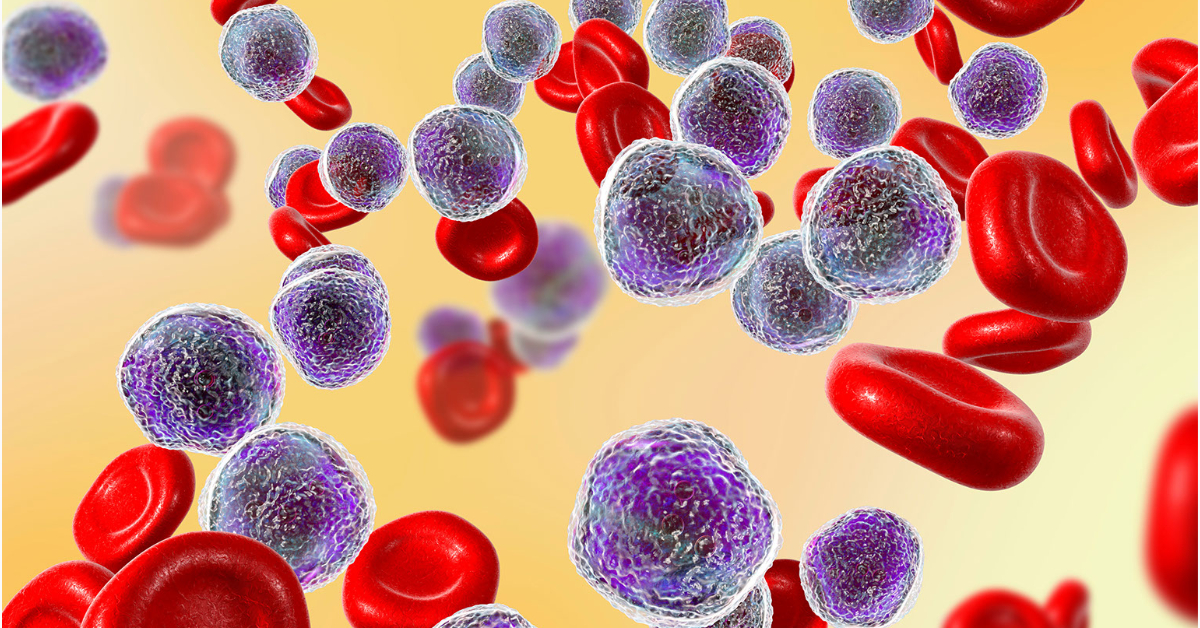
Top Doctors for Acute Lymphoblastic Leukemia Treatment in India Top Hematologists for Acute Lymphoblastic Leukemia Treatment in India Best Hospitals for Acute Lymphoblastic Leukemia Treatment

Top Doctors in India for Leukemia Treatment Top Hematologists in India for Leukemia Treatment Best Hospitals in India for Leukemia Treatment

Top Doctors in India for LVAD Procedure Top Heart Transplant Surgeons in India for LVAD Procedure Best Hospitals in India for LVAD Procedure
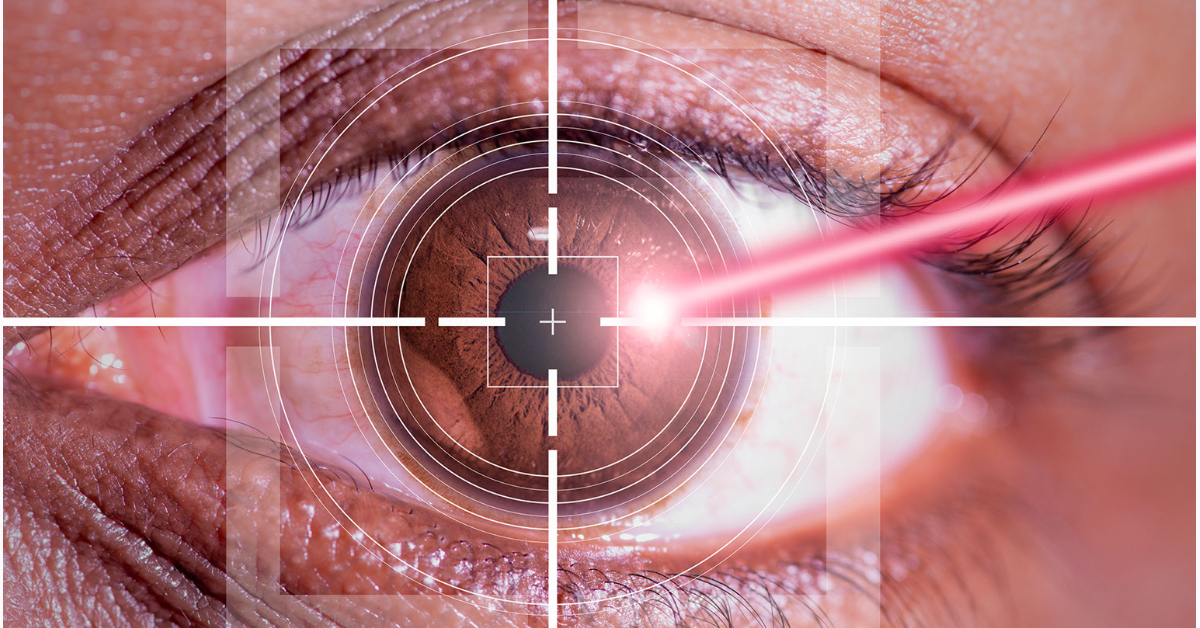
Top Doctors in India for LASIK Procedure Top Ophthalmologists in India for LASIK Procedure Best Hospitals in India for LASIK Procedure

Top Doctors in India for Laser Resurfacing Procedure Top Dermatologists in India for Laser Resurfacing Procedure Best Hospitals in India for Laser Resurfacing Procedure

Top Doctors in India for Laser Hair Removal Procedure Top Dermatologists in India for Laser Hair Removal Procedure Best Hospitals in India for Laser Hair
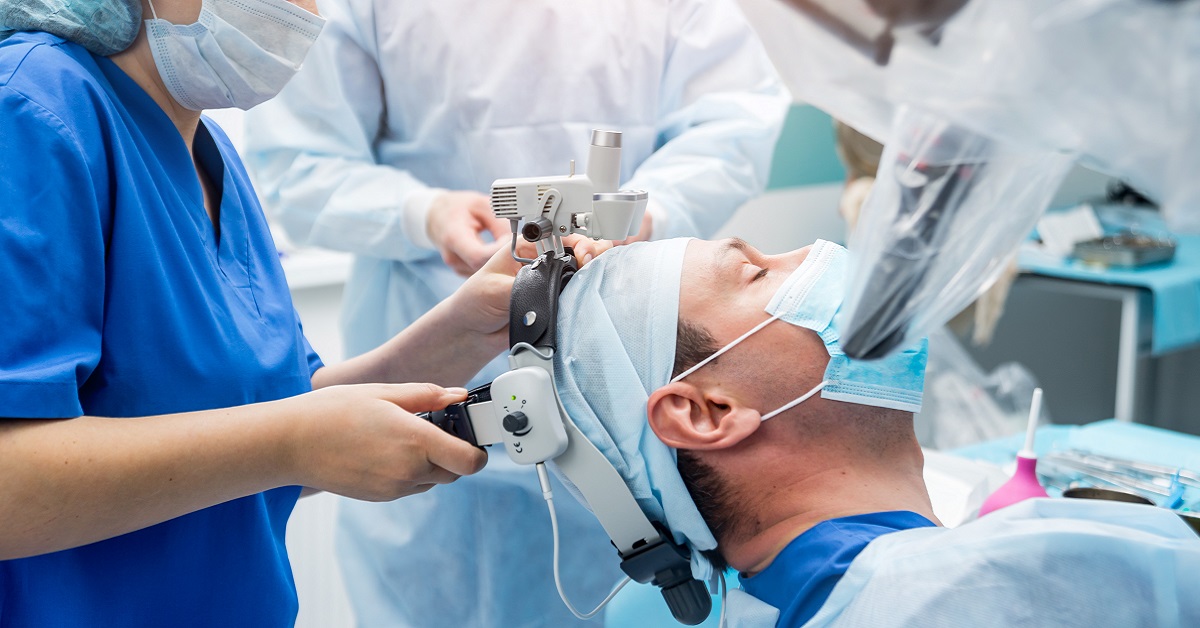
Top Doctors in India for Laser Ablation Procedure Top Neurosurgeons in India for Laser Ablation Procedure Best Hospitals in India for Laser Ablation Procedure
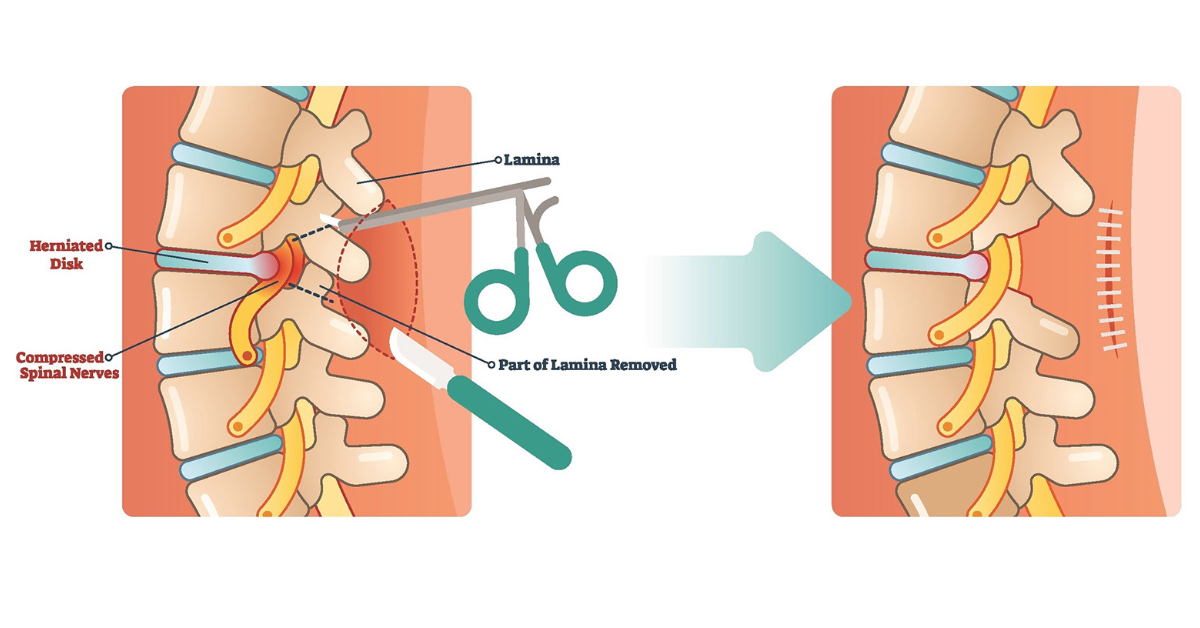
Top Doctors in India for Laminotomy Procedure Top Spine Surgeons in India for Laminotomy Procedure Best Hospitals in India for Laminotomy Procedure
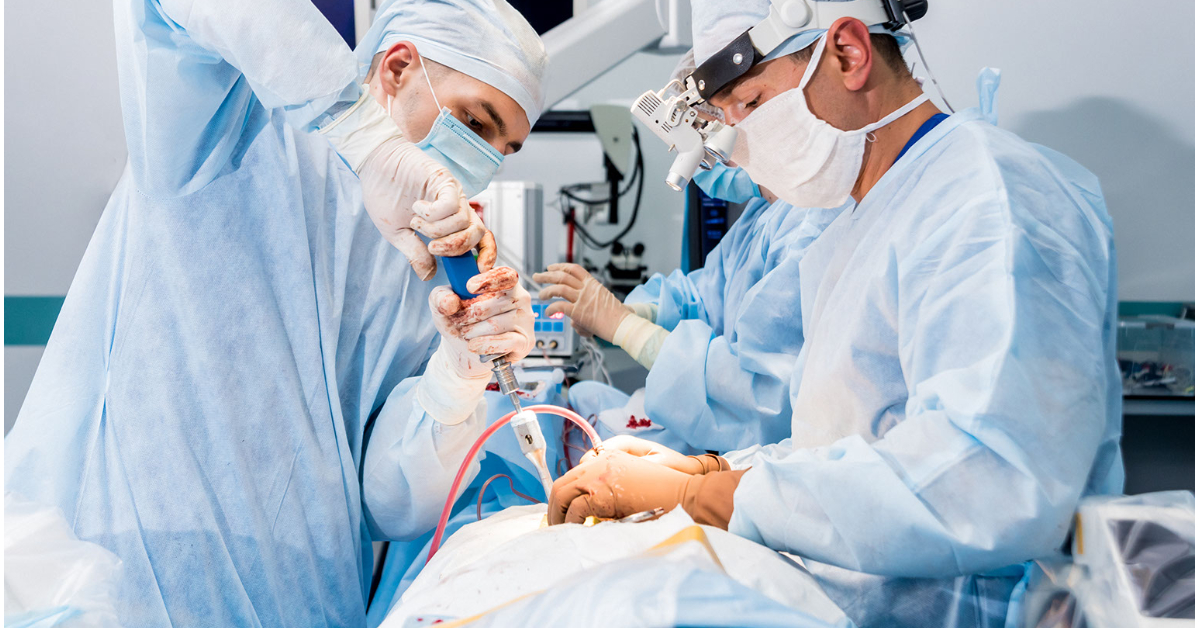
Top Doctors for Laminectomy Procedure in India Top Spine Surgeons for Laminectomy Procedure in India Best Hospitals for Laminectomy Procedure in India
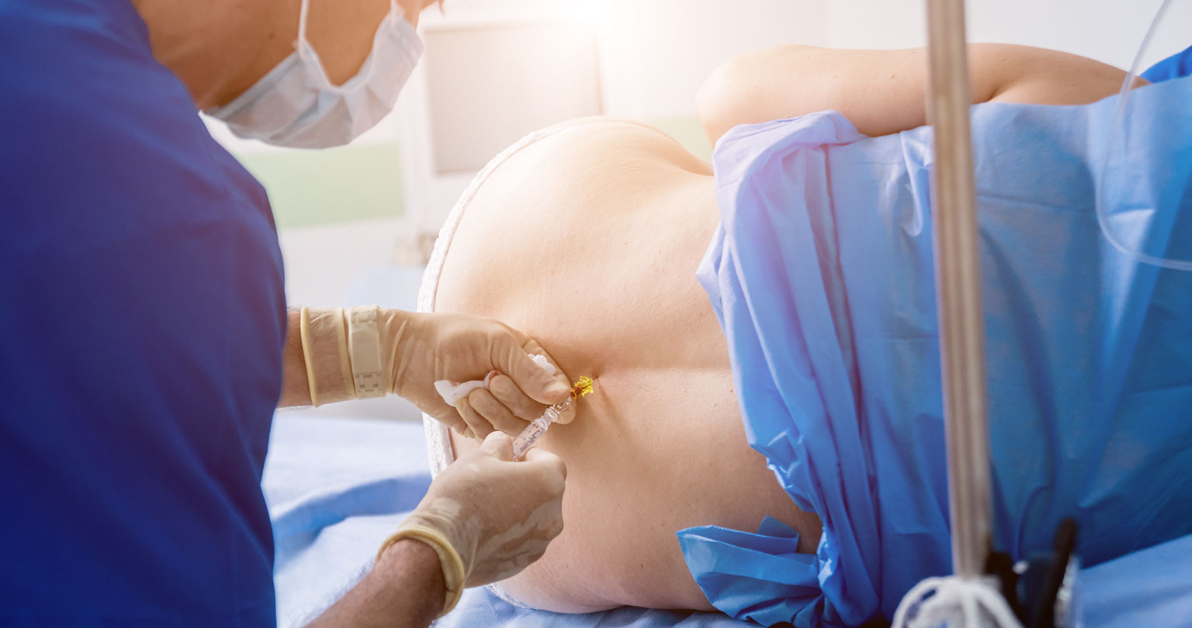
Top Doctors in India for Kyphoplasty Procedure Top Spine Surgeons in India for Kyphoplasty Procedure Best Hospitals in India for Kyphoplasty Procedure
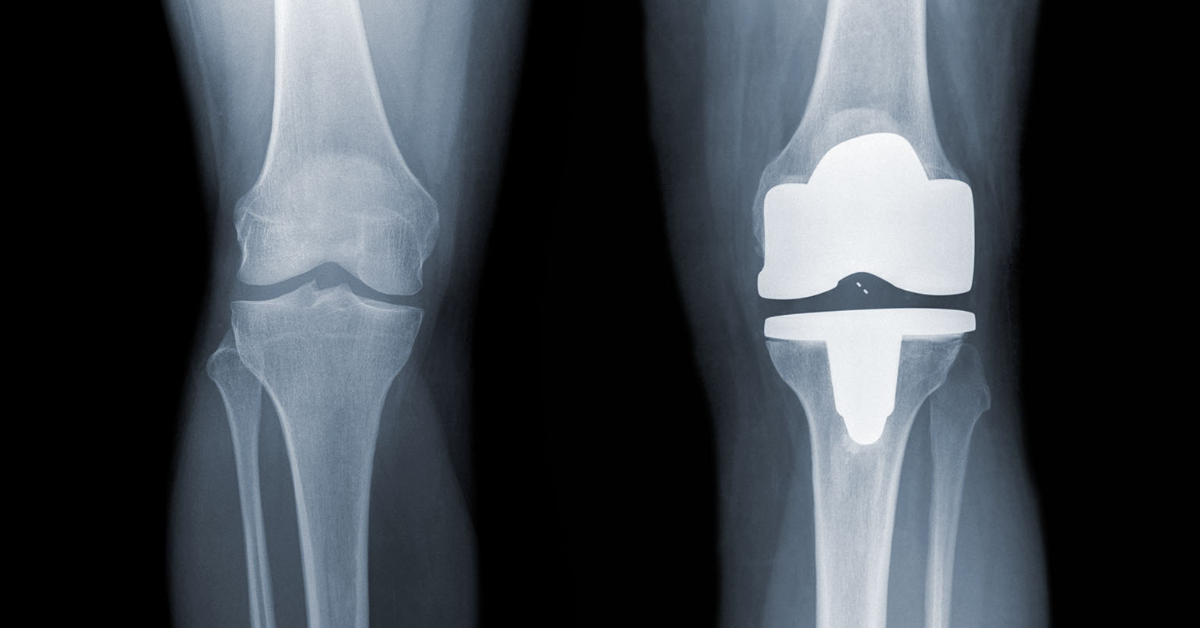
Top Doctors in India for Knee Replacement Surgery Top Orthopedic Surgeons in India for Knee Replacement Surgery Best Hospitals in India for Knee Replacement Surgery
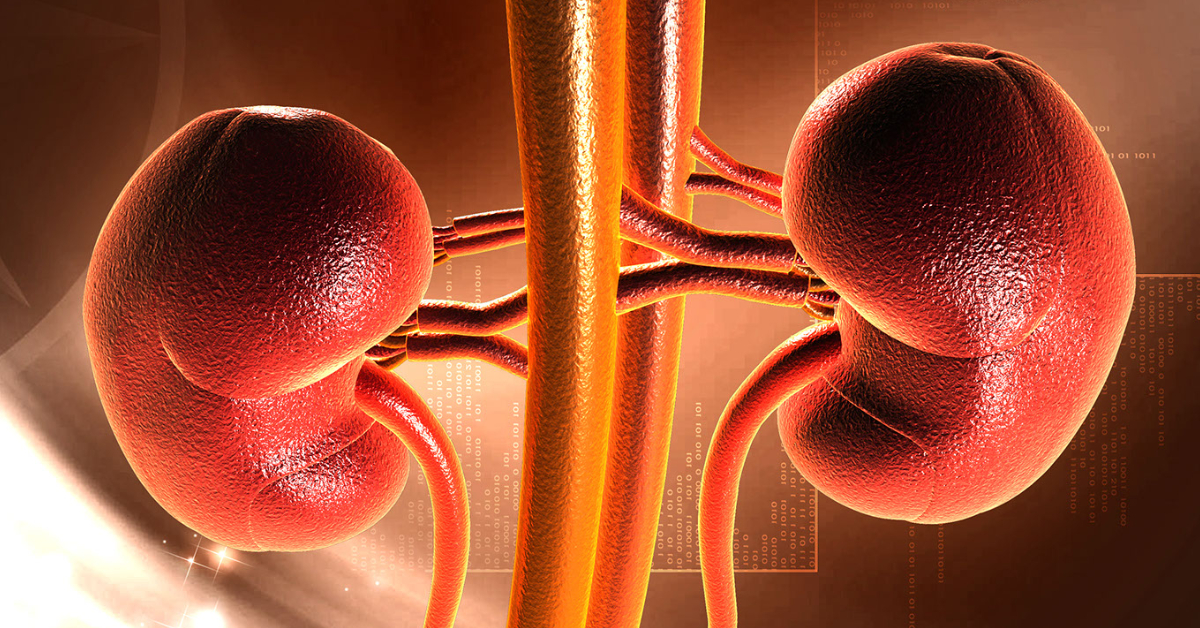
Top Doctors in India for Kidney Cancer Treatment 1. Top Uro-Oncologists in India for Kidney Cancer Treatment 2. Top Medical Oncologists in India for Kidney
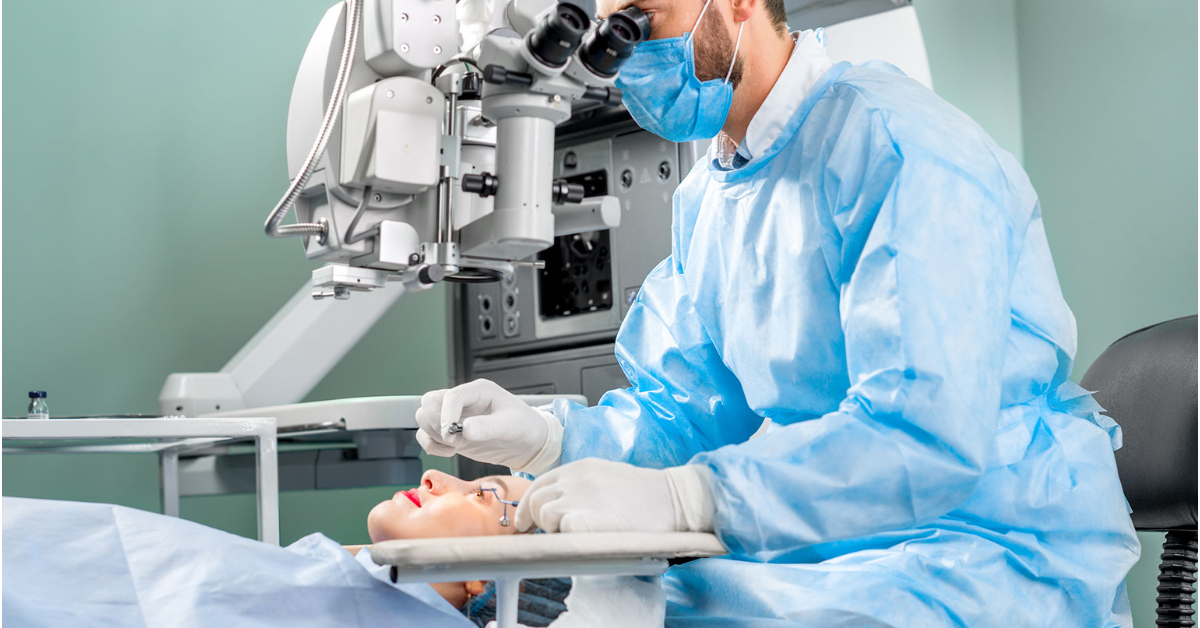
Top Doctors in India for Keratoplasty Procedure Top Ophthalmologists in India for Keratoplasty Procedure Best Hospitals in India for Keratoplasty Procedure
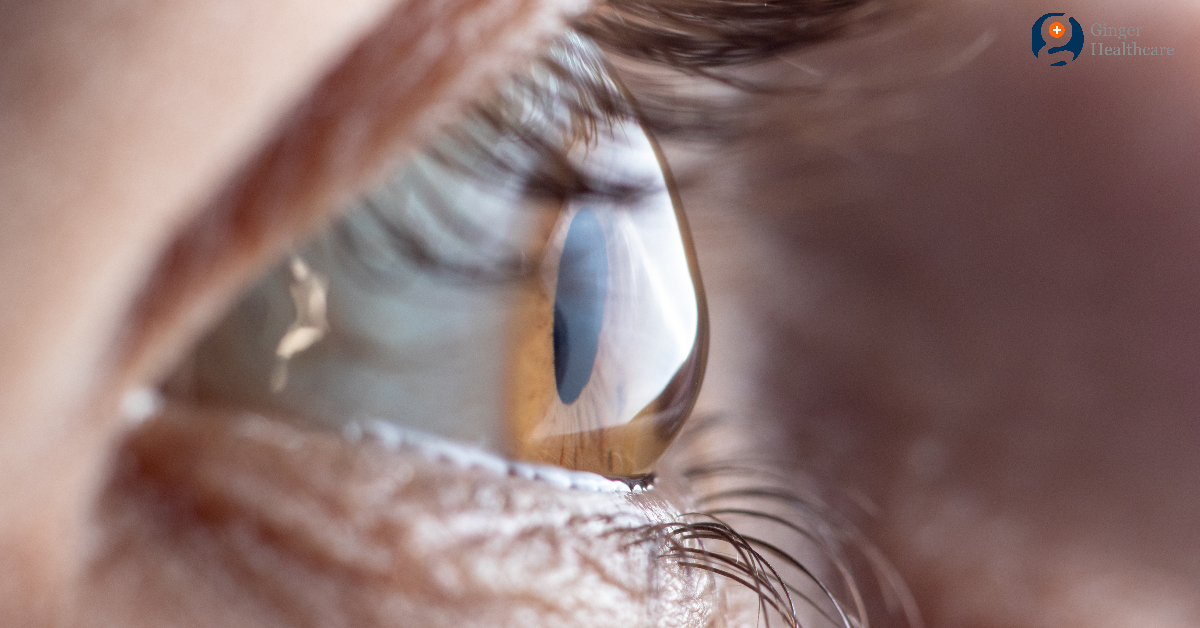
Top Doctors in India for Keratoconus Treatment Top Ophthalmologists in India for Keratoconus Treatment Best Hospitals in India for Keratoconus Treatment
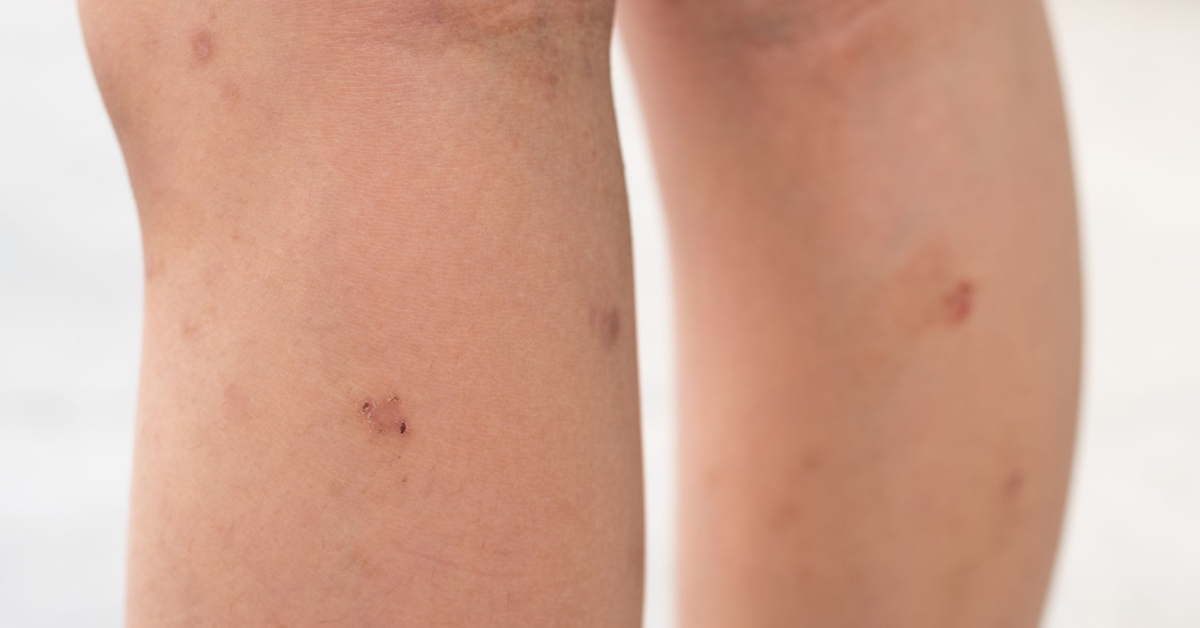
Top Doctors in India for Kaposi’s Sarcoma 1. Top Medical Oncologists in India for Kaposi’s Sarcoma 2. Top Musculoskeletal Surgeons in India for Kaposi’s Sarcoma

Top Doctors in India for Jaw Surgery Top Dental Surgeons in India for Jaw Surgery Best Hospitals in India for Jaw Surgery

Top Doctors in India for J-Pouch Surgery Top GI Surgeons in India for J-Pouch Surgery Best Hospitals in India for J-Pouch Surgery

Top Doctors in India for IVF Procedure Top IVF Doctors in India for IVF Procedure Best IVF Clinics in India for IVF Procedure
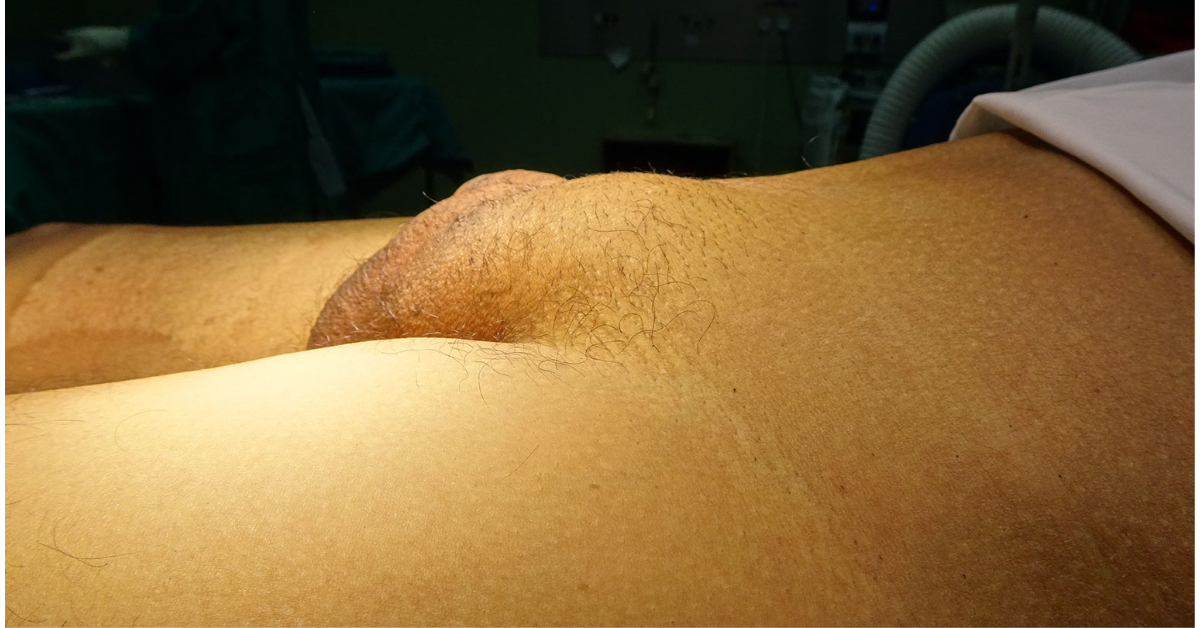
Top Doctors in India for Inguinal Hernia Treatment Top General Surgeons for Inguinal Hernia Treatment Best Hospitals in India for Inguinal Hernia Treatment

Top Doctors in India for Inflammatory Bowel Disease (IBD) Treatment Top Gastroenterologists in India for Inflammatory Bowel Disease (IBD) Treatment Best Hospitals in India for

Top Doctors in India for Infertility Treatment Top IVF Doctors in India for Infertility Treatment Best Hospitals in India for Infertility Treatment
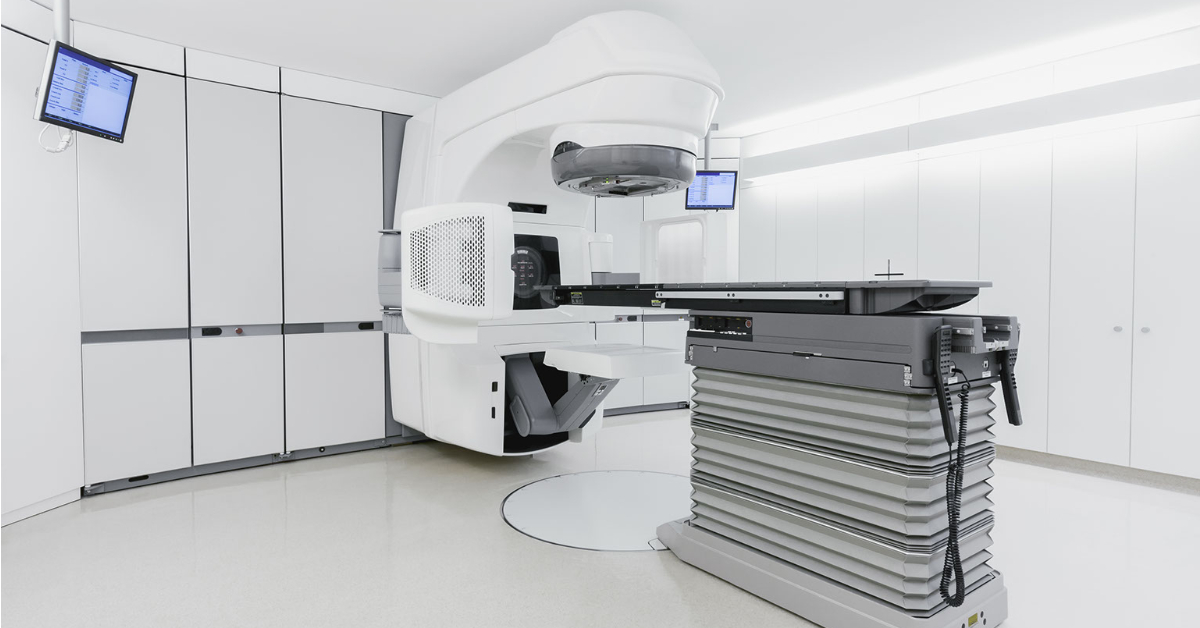
Top Doctors in India for IMRT Procedure Top Radiation Oncologists in India for IMRT Procedure Best Hospitals in India for IMRT Procedure
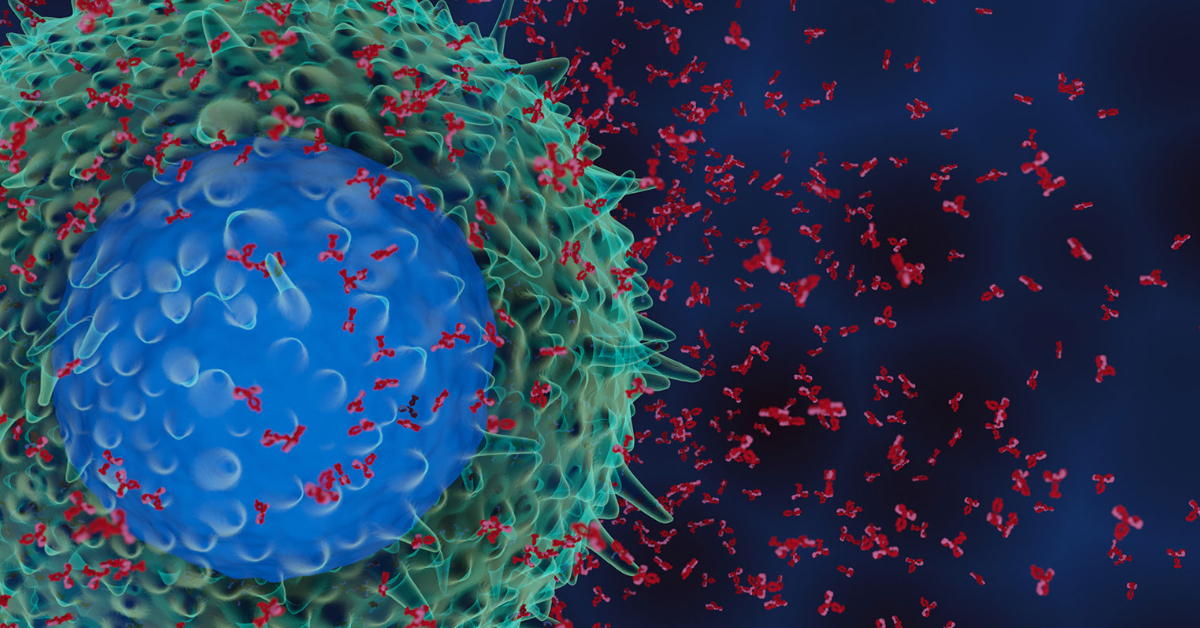
Top Doctors in India for Immunotherapy Top Medical Oncologists in India for Immunotherapy Best Hospitals in India for Immunotherapy

Top Doctors in India for ICSI Procedure Top IVF Doctors in India for ICSI Procedure Best Hospitals in India for ICSI Procedure

Top Doctors in India for ICD/AICD Implantation Top Interventional Cardiologists for ICD/AICD Implantation Best Hospitals in India for ICD/AICD Implantation
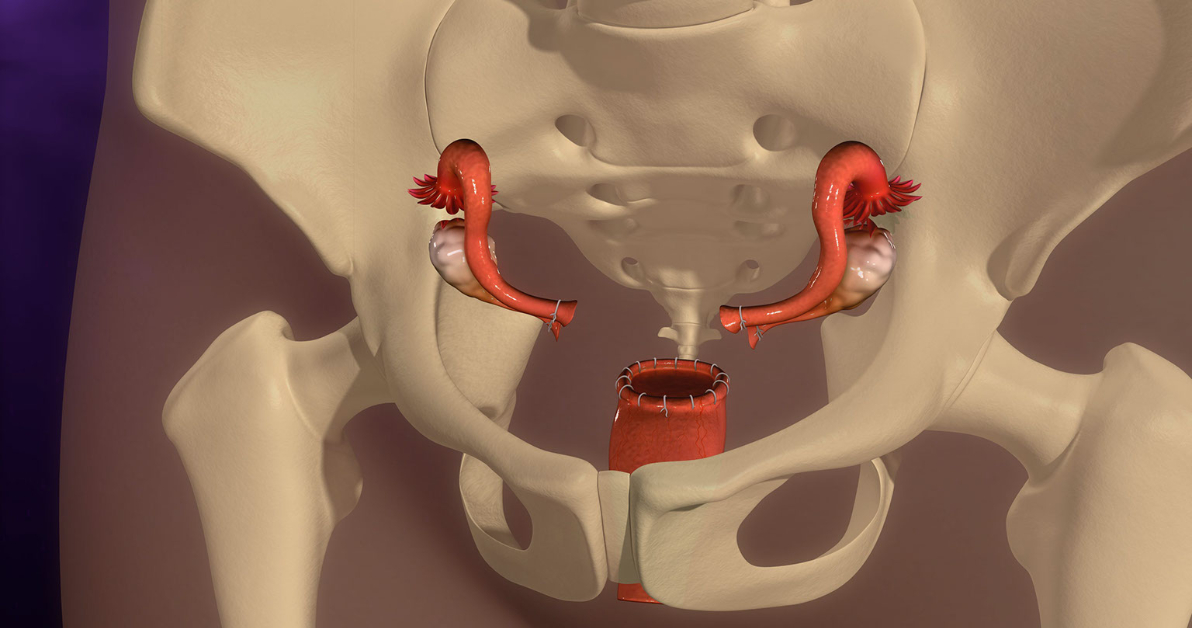
Top Doctors in India for Hysterectomy Procedure Top Gynecologists for Hysterectomy Procedure Best Hospitals in India for Hysterectomy Procedure Add Your Heading Text Here
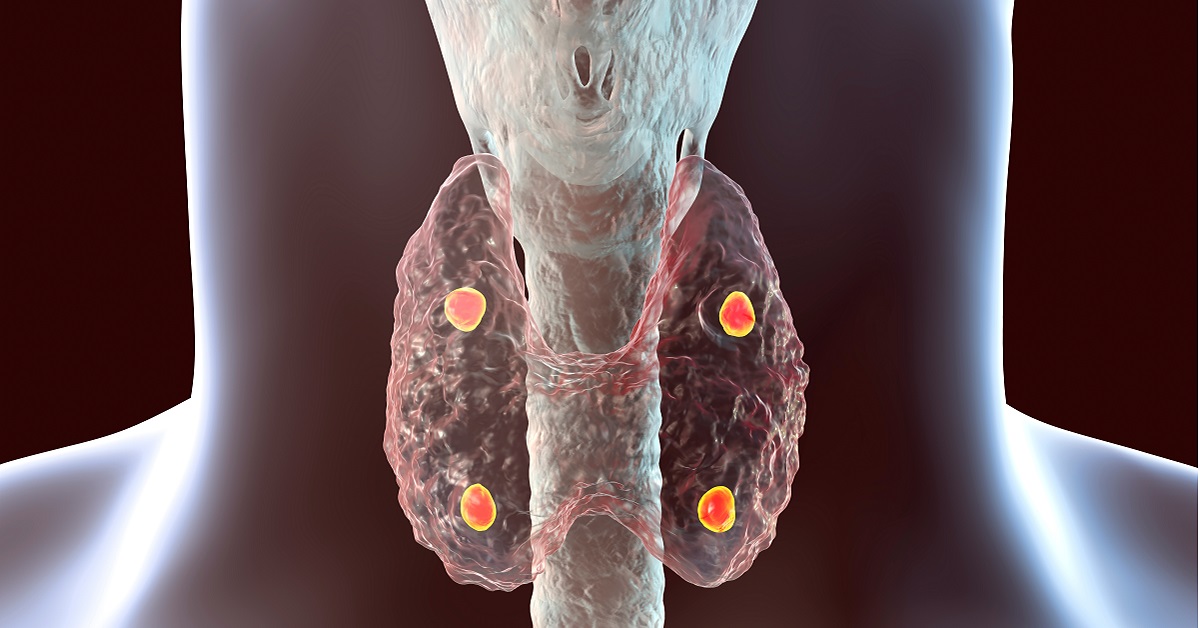
Top Doctors in India for Hyperparathyroidism Treatment Top Endocrinologists in India for Hyperparathyroidism Treatment Best Hospitals in India for Hyperparathyroidism Treatment

Top Doctors in India for Hormone Therapy 1. Top Endocrinologists in India for Hormone Therapy 2. Top Medical Oncologists in India for Hormone Therapy Best
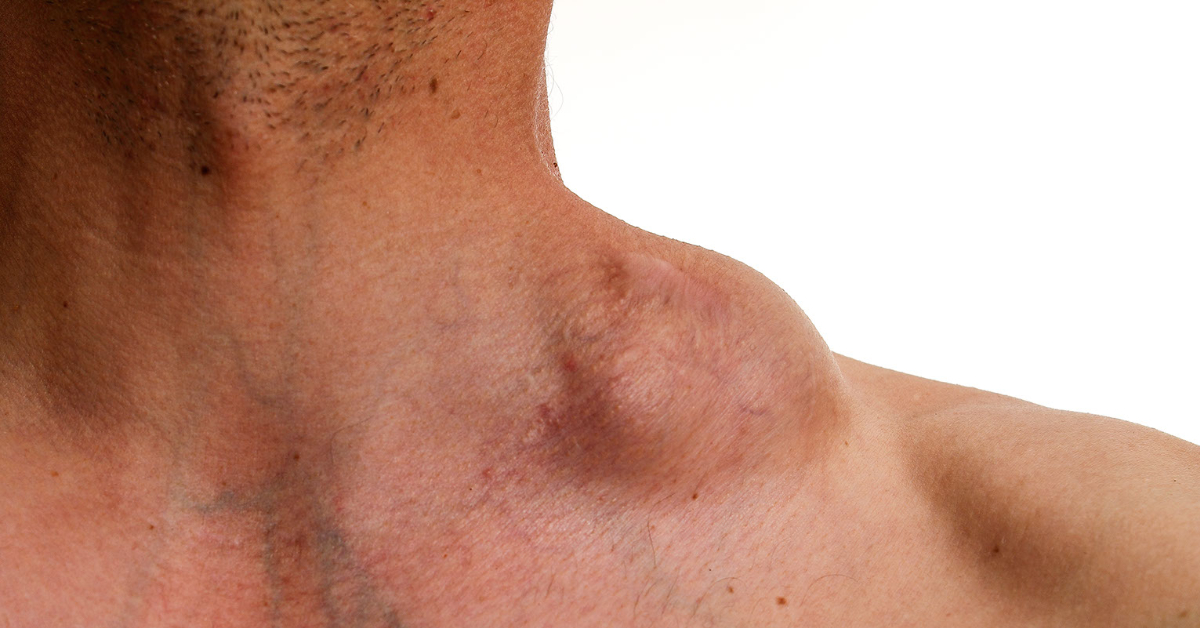
Top Doctors in India for Hodgkin’s Lymphoma Treatment 1. Top Hematologists in India for Hodgkin’s Lymphoma Treatment 2. Top Medical Oncologists in India for Hodgkin’s

Top Doctors in India for Hip Dysplasia Treatment Top Orthopedic Surgeons in India for Hip Dysplasia Treatment Best Hospitals in India for Hip Dysplasia Treatment

Top Doctors in India for Hip Arthroscopy Procedure Top Orthopedic Surgeons in India for Hip Arthroscopy Procedure Best Hospitals in India for Hip Arthroscopy Procedure
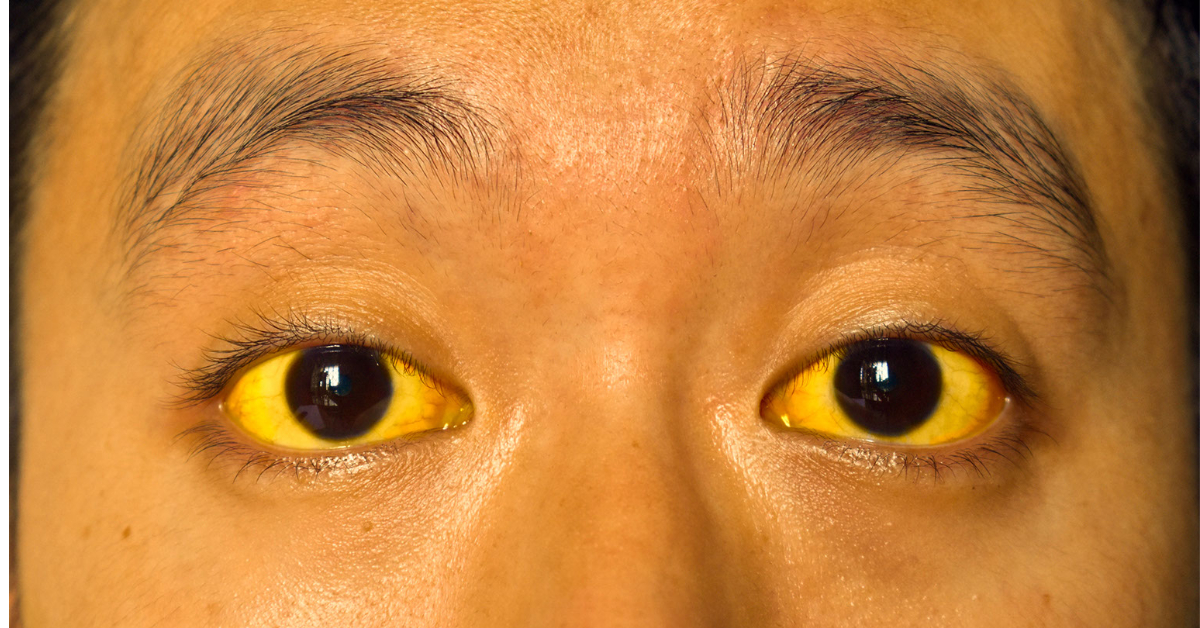
Top Doctors in India for Hepatitis C Treatment Top Hepatologists in India for Hepatitis C Treatment Best Hospitals in India for Hepatitis C Treatment
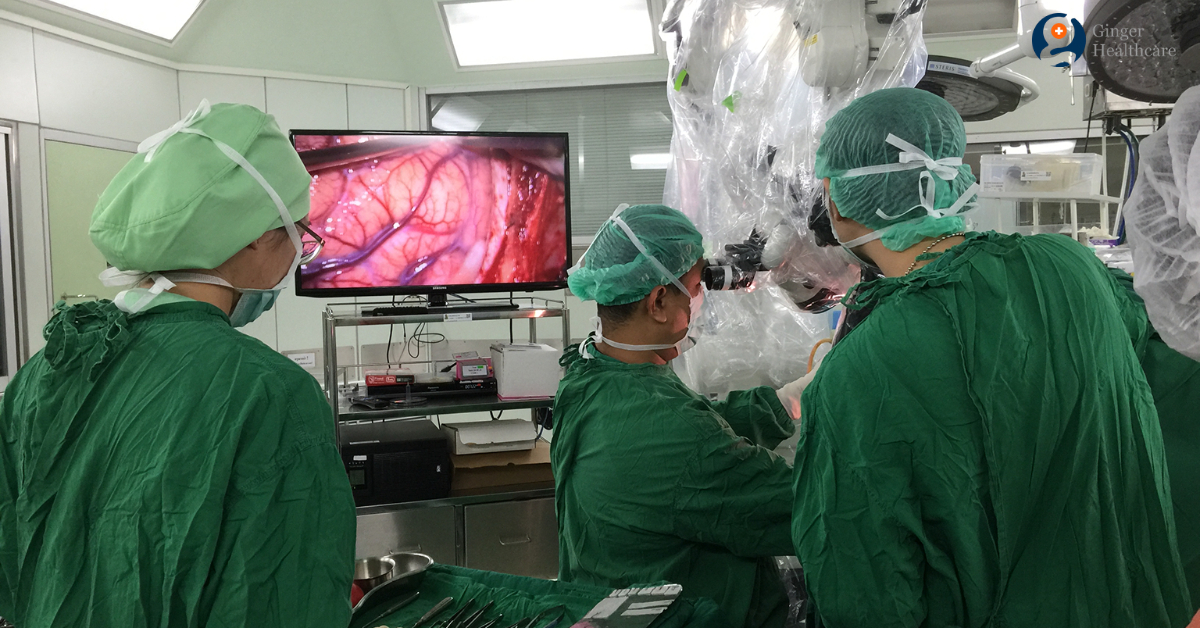
Top Doctors in India for Hemispherectomy Procedure Top Neurosurgeons in India for Hemispherectomy Procedure Best Hospitals in India for Hemispherectomy Procedure
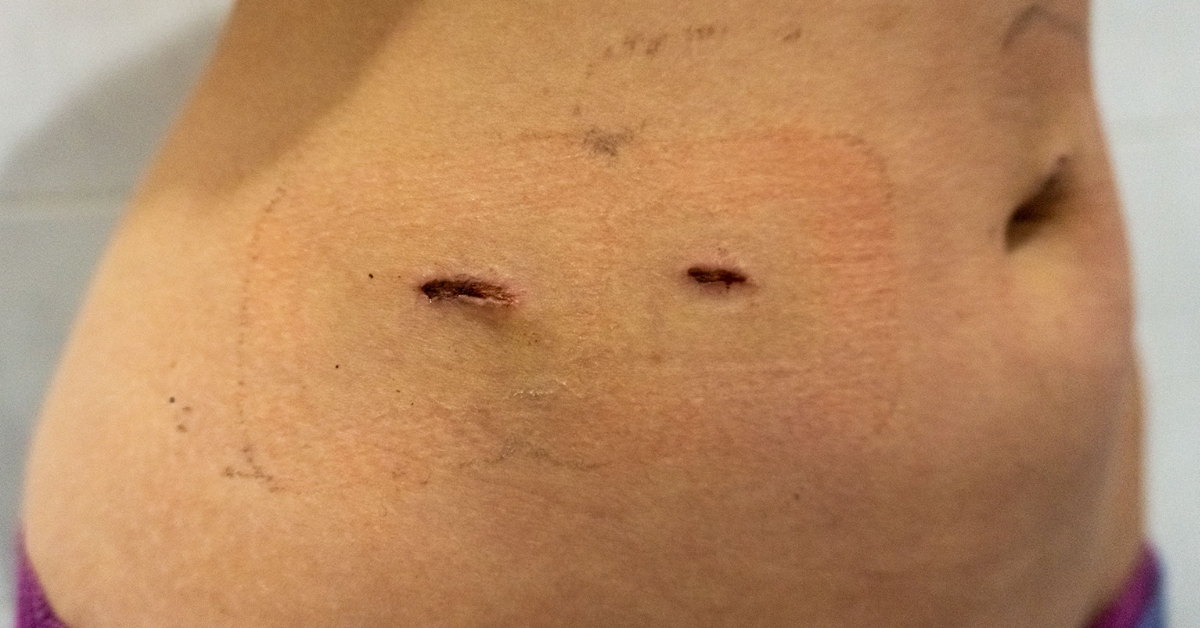
Top Doctors in India for Heller Myotomy Procedure Top GI Surgeons in India for Heller Myotomy Procedure Best Hospitals in India for Heller Myotomy Procedure

Top Doctors in India for Heart Failure Treatment 1. Top Cardiologists in India for Heart Failure Treatment Best Hospitals in India for Heart Failure Treatment
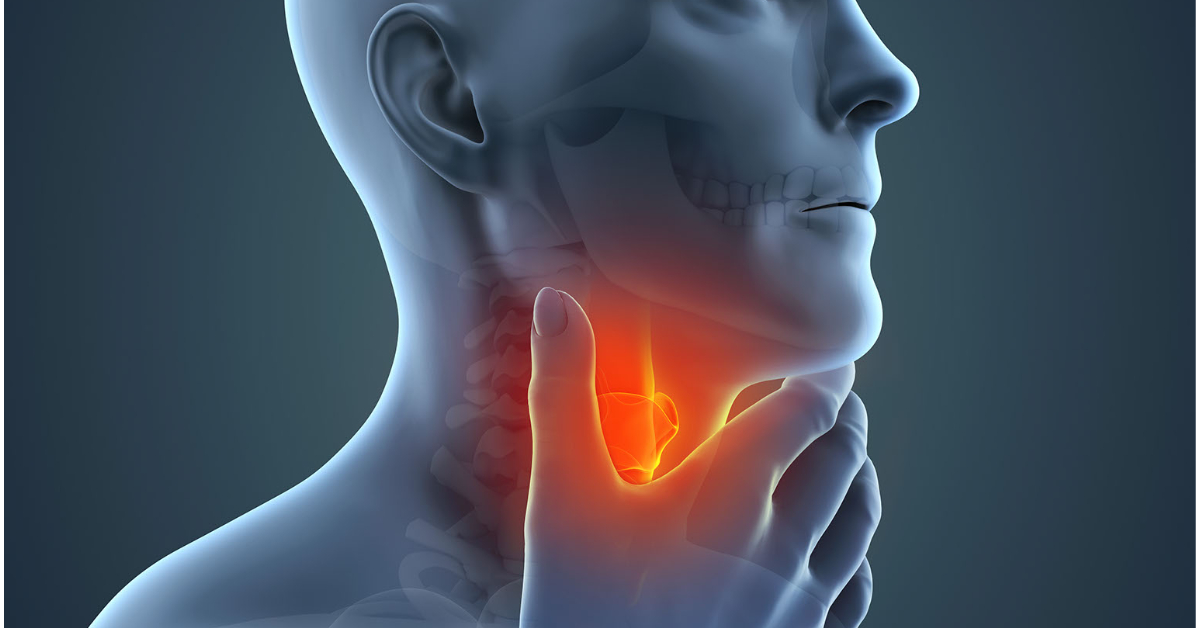
Top Doctors in India for Head & Neck Cancer Treatment 1. Top Head & Neck Cancer Surgeons in India for Head & Neck Cancer Treatment

Top Doctors in India for Hair Transplant Procedure Best Hospitals in India for Hair Transplant Procedure
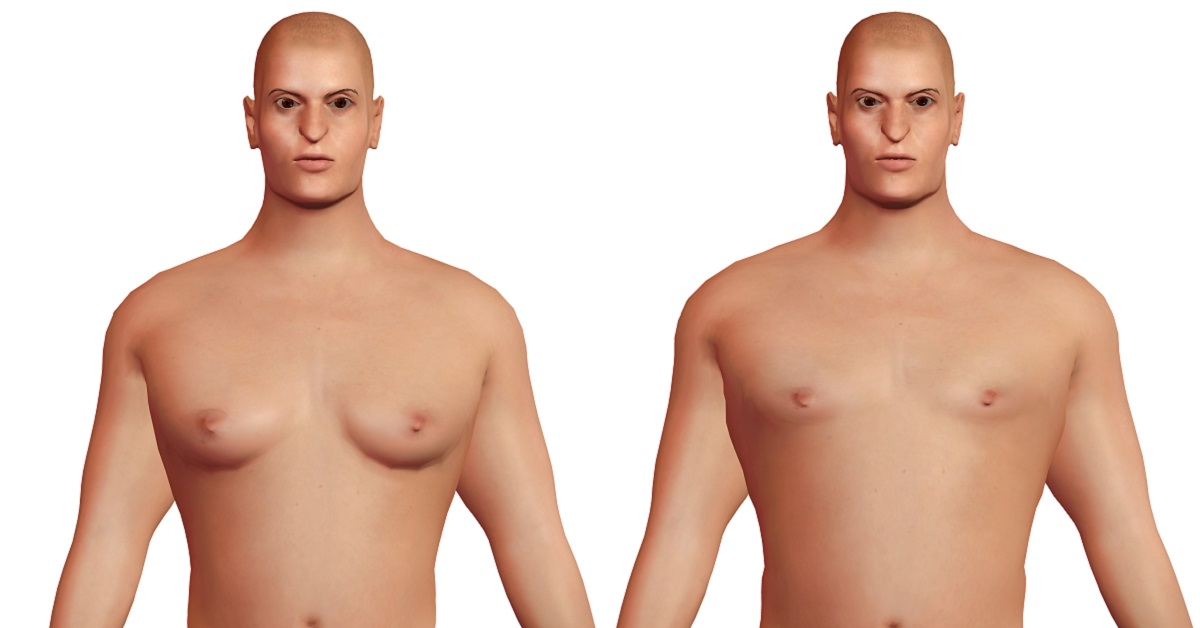
Top Doctors in India for Gynecomastia Surgery Best Hospitals in India for Gynecomastia Surgery
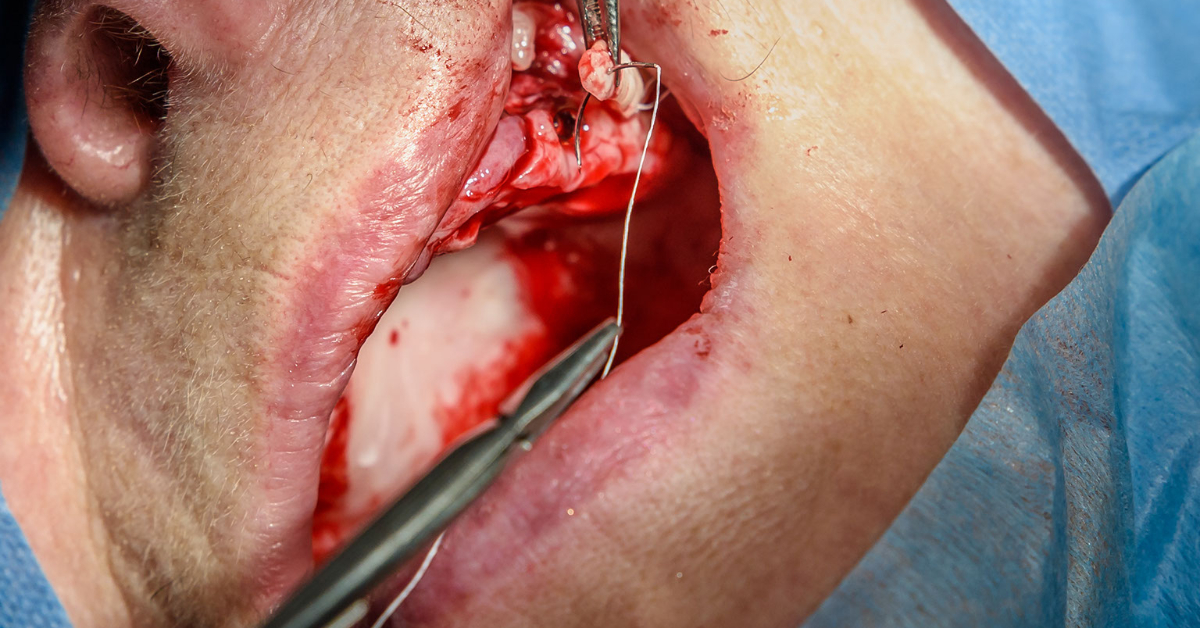
Top Doctors in India for the Procedure of Gum Surgery Best Hospitals in India for the Procedure of Gum Surgery

Top Doctors in India for the Treatment of Graves’ Disease 1. Top Endocrinologists in India for the Treatment of Graves’ Disease Best Hospitals in India
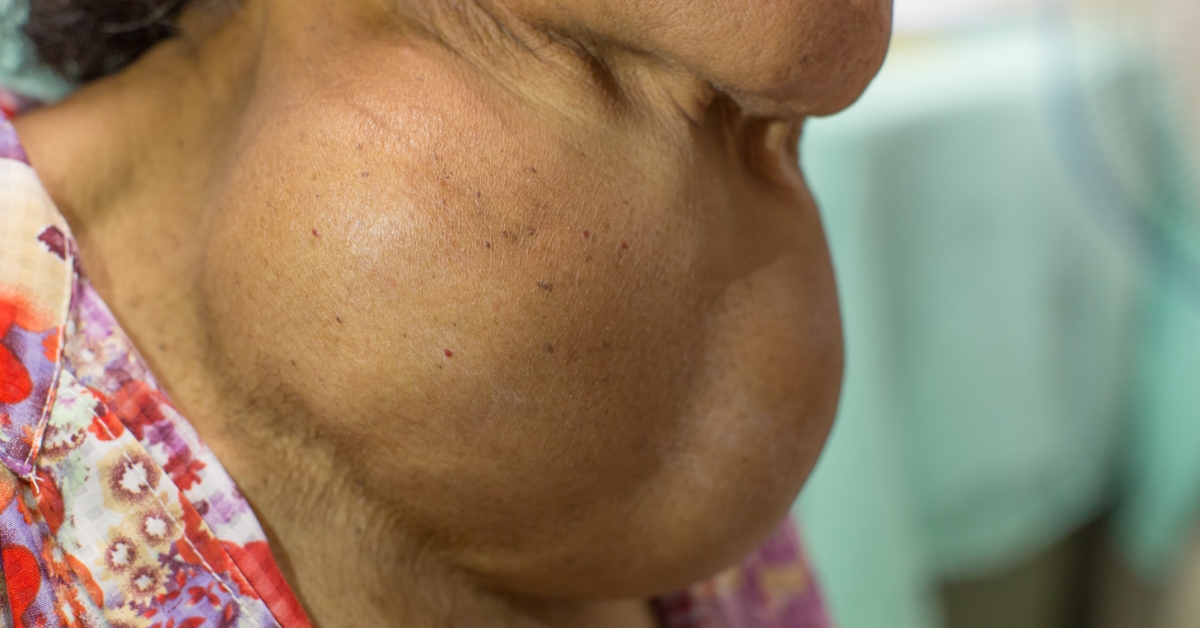
Top Doctors in India for Goiter Treatment Best Hospitals in India for Goiter Treatment

Top Doctors in India for Glomerulonephritis Treatment Best Hospitals in India for Glomerulonephritis Treatment

Top Doctors in India for Glioblastoma Treatment 1. Top Neurosurgeons in India for Glioblastoma Treatment 2. Top Medical Oncologists in India for Glioblastoma Treatment 3.
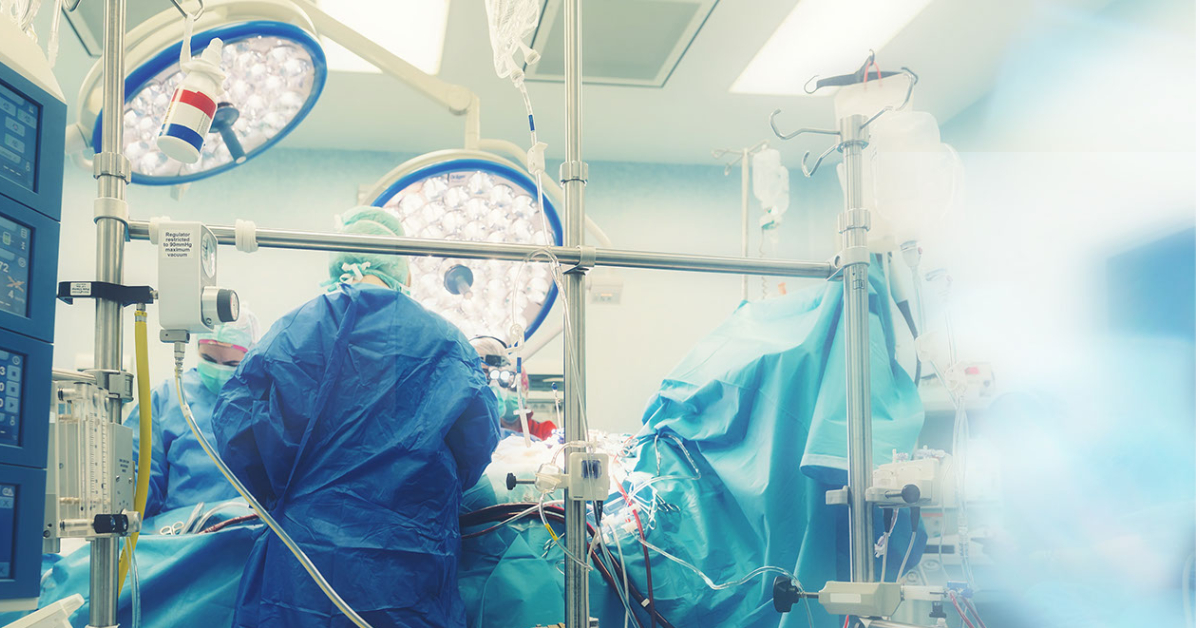
Top Doctors in India for Glenn Procedure Best Hospitals in India for Glenn Procedure